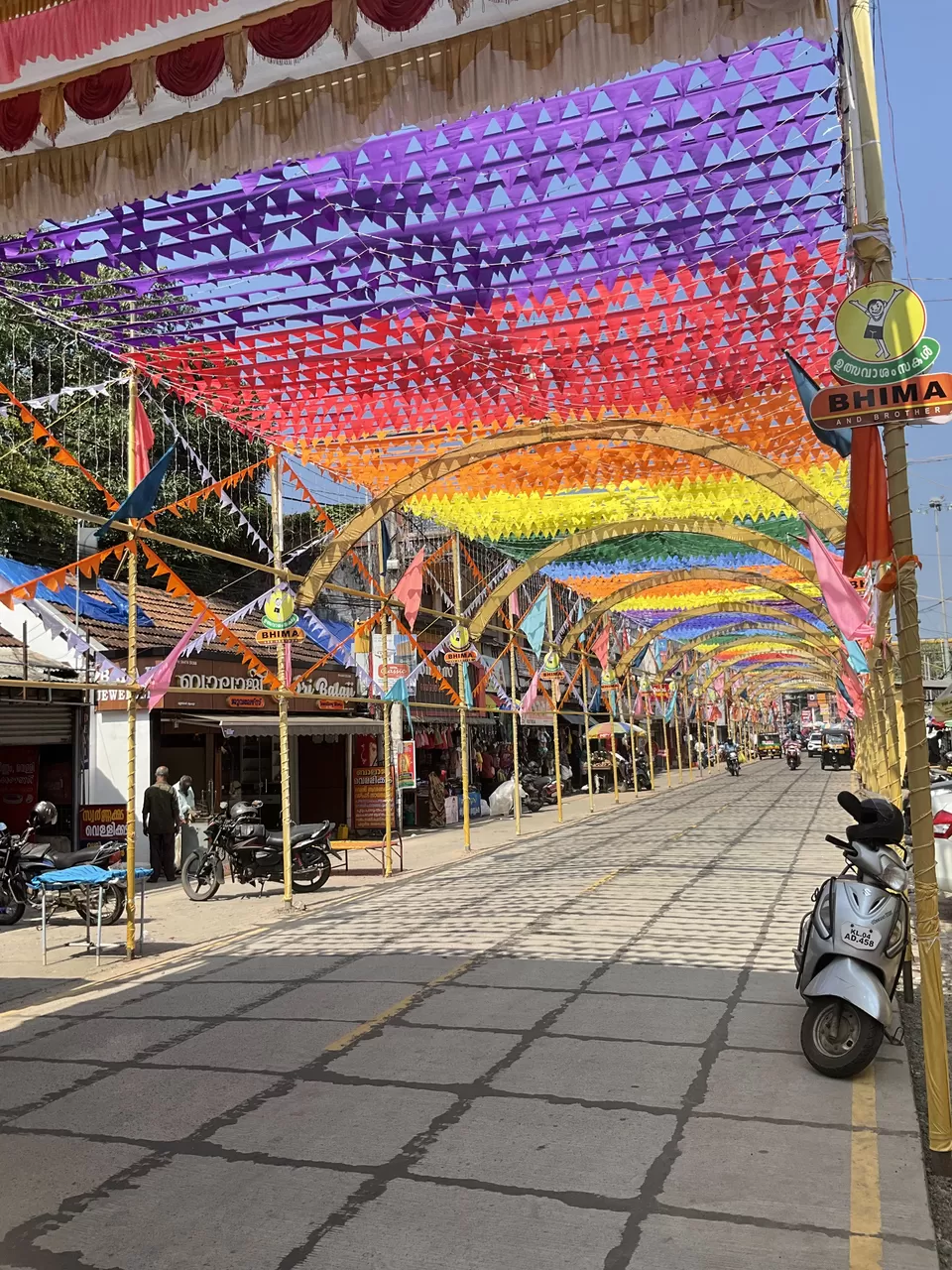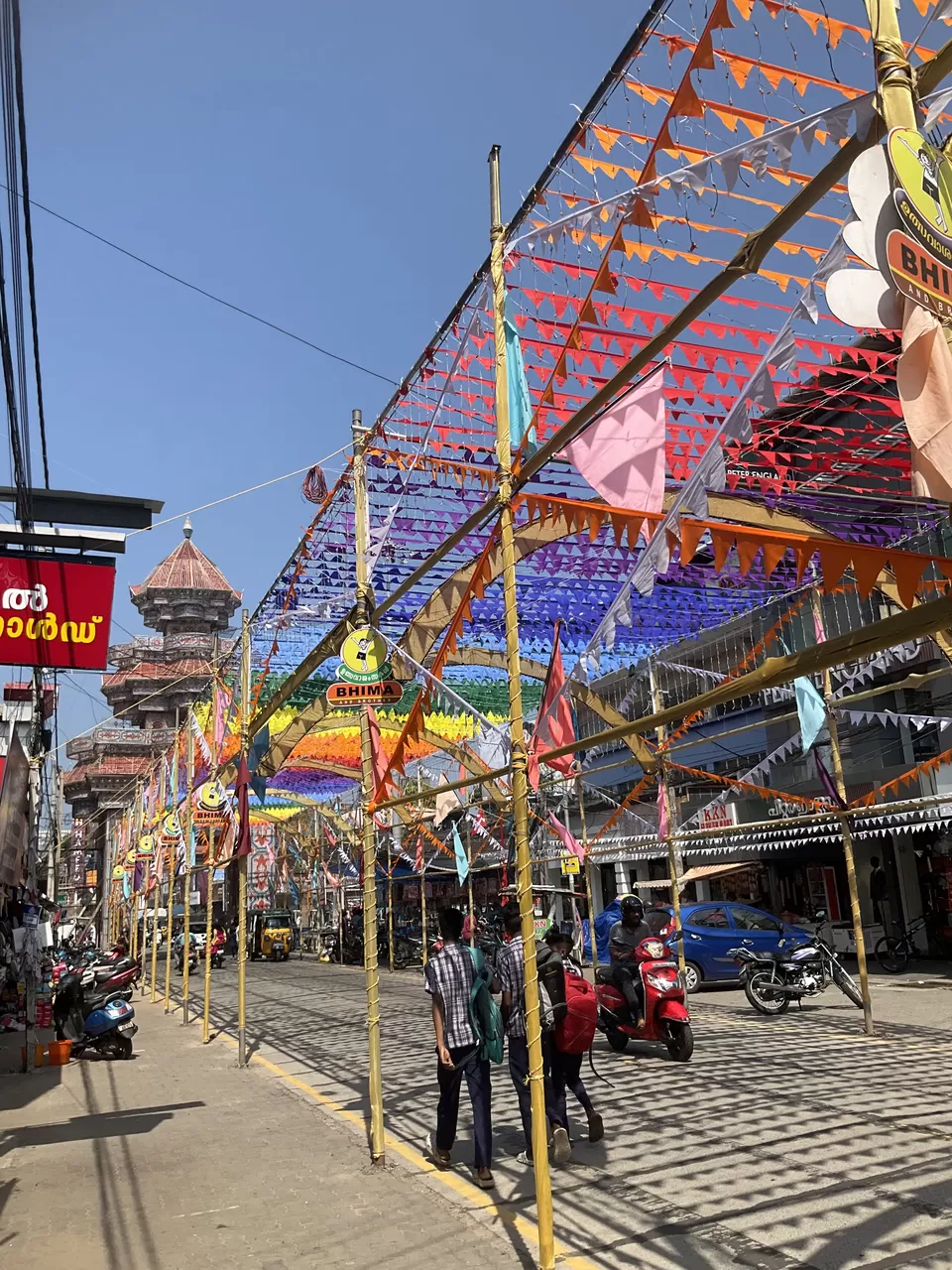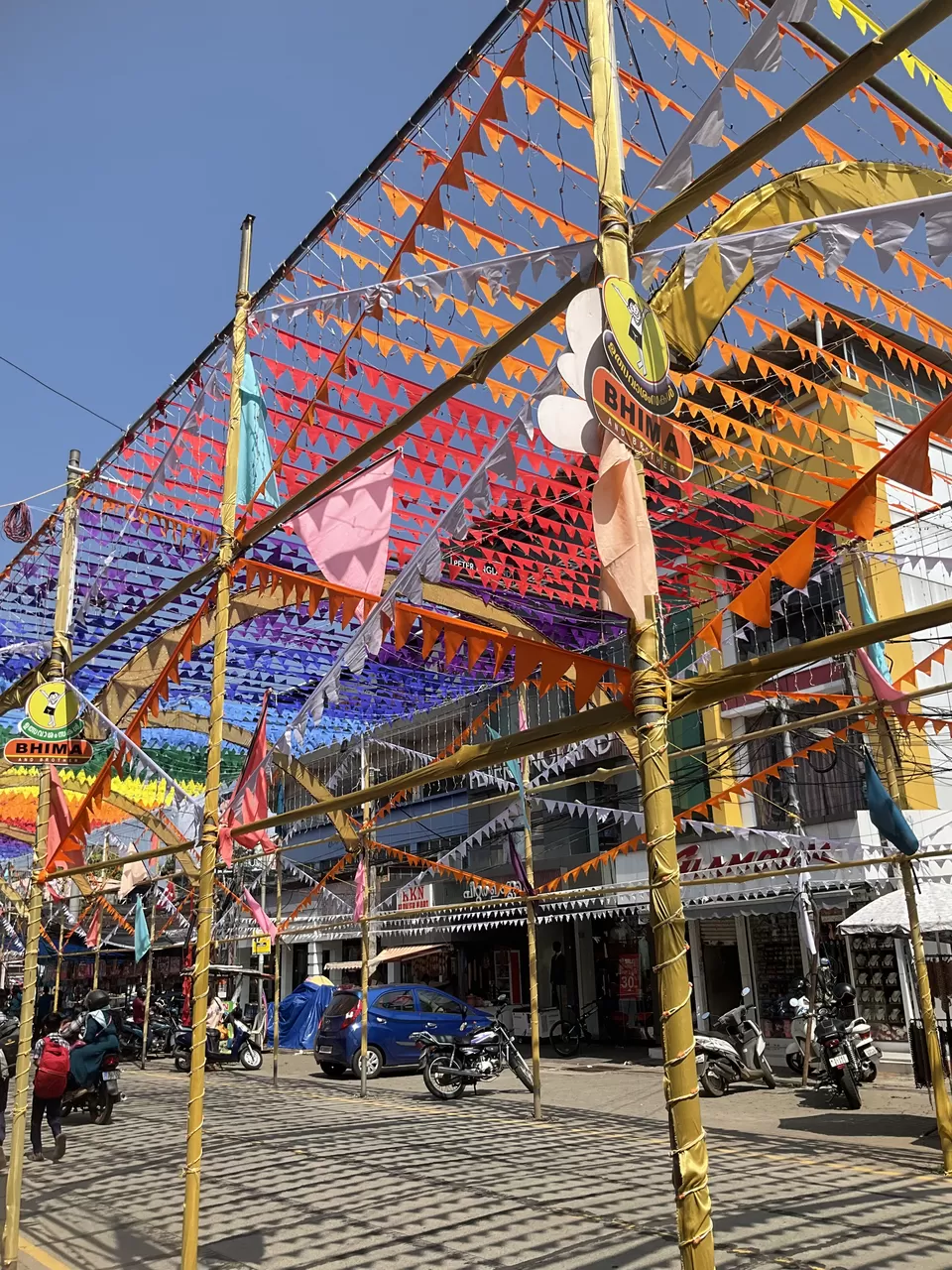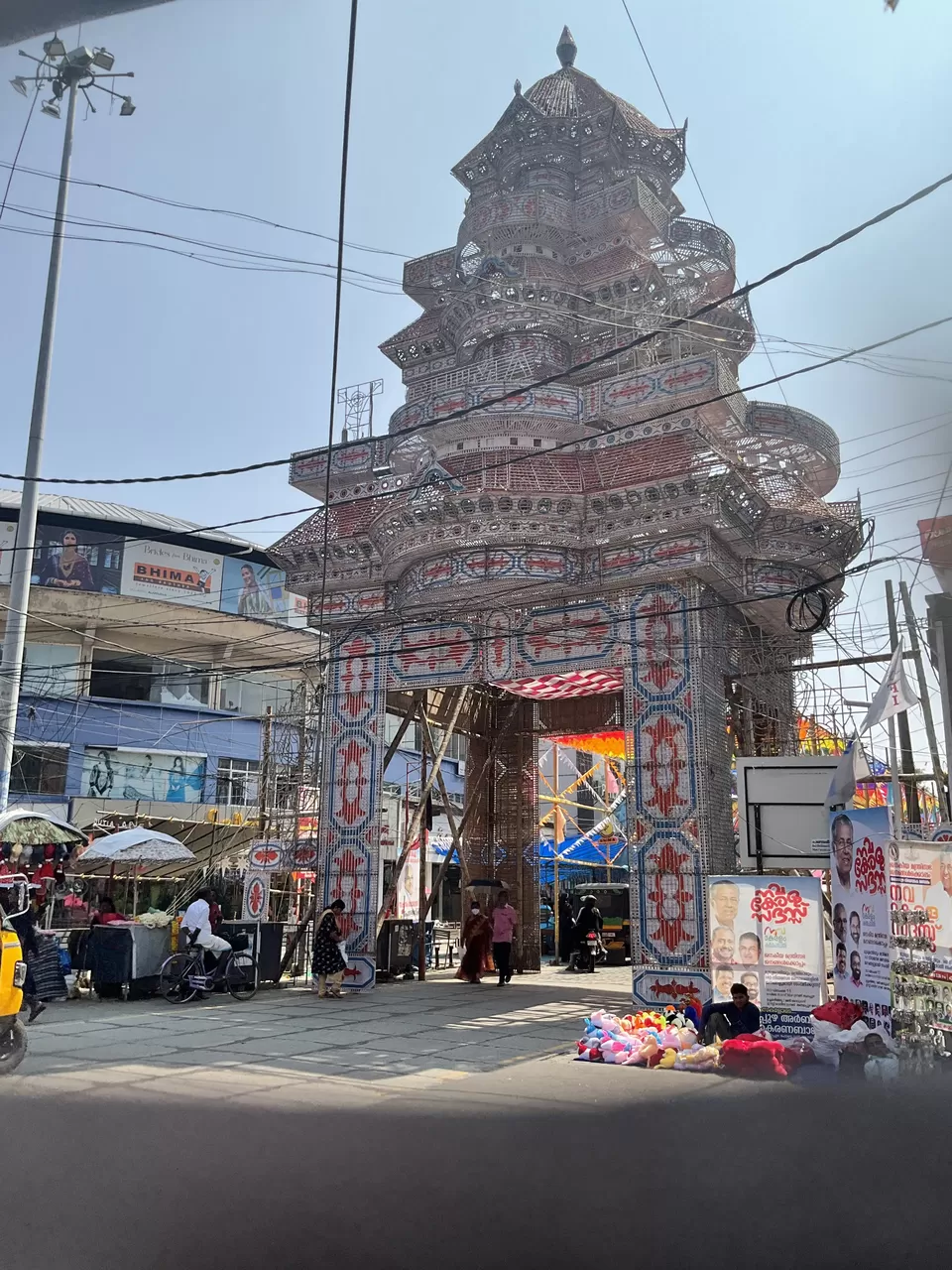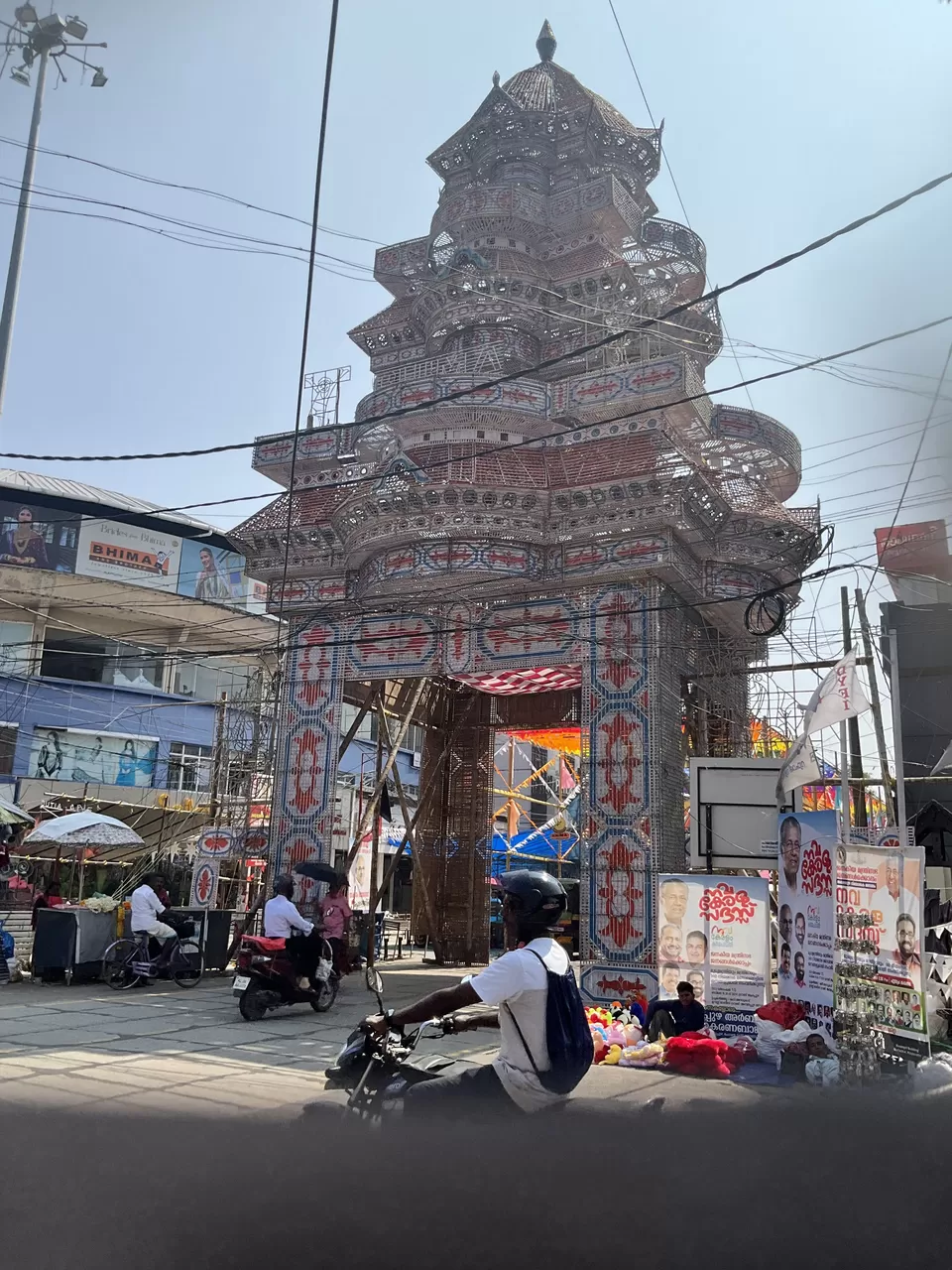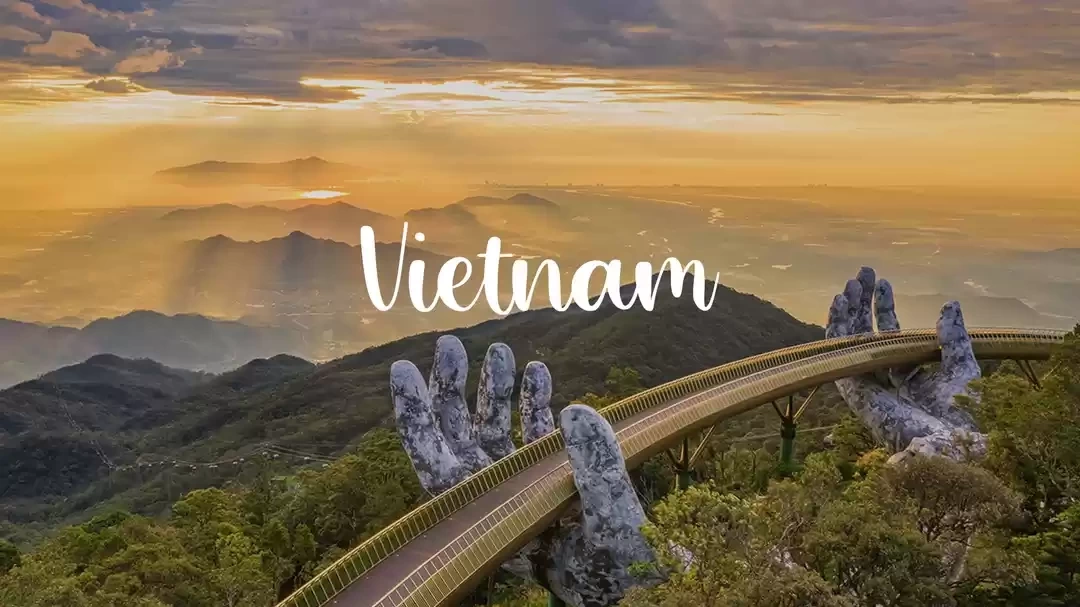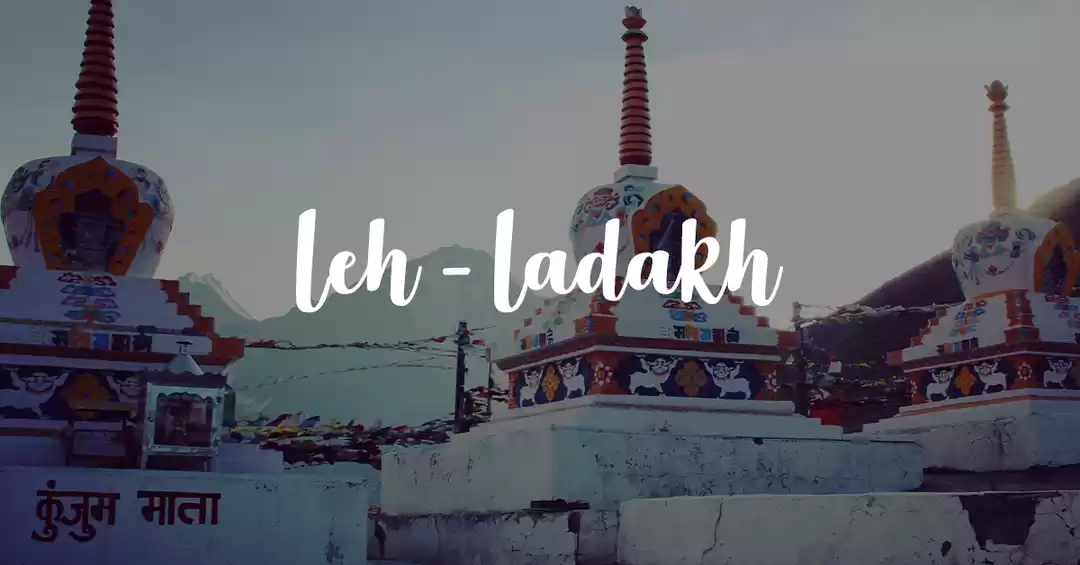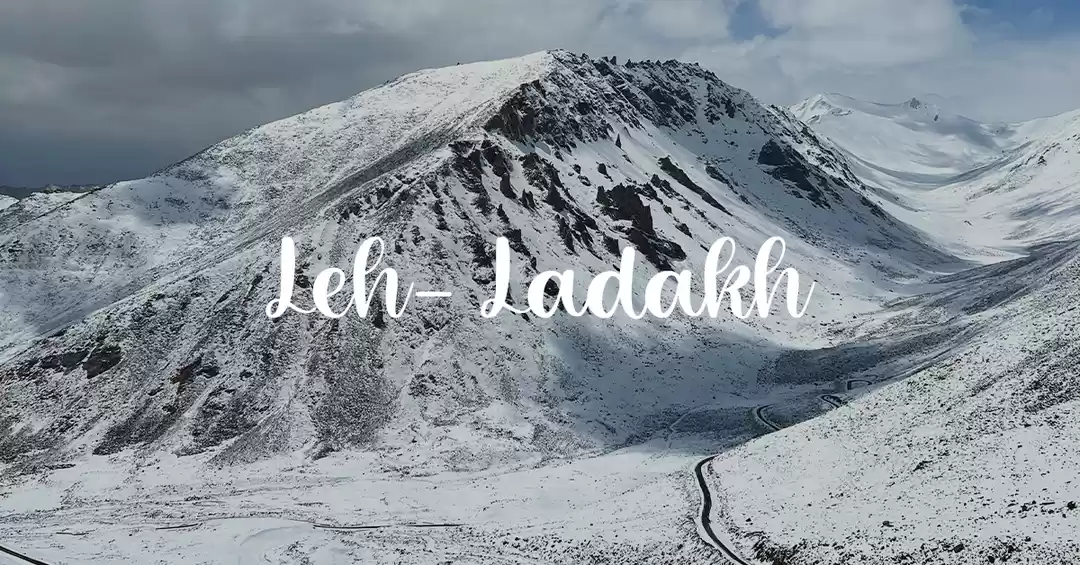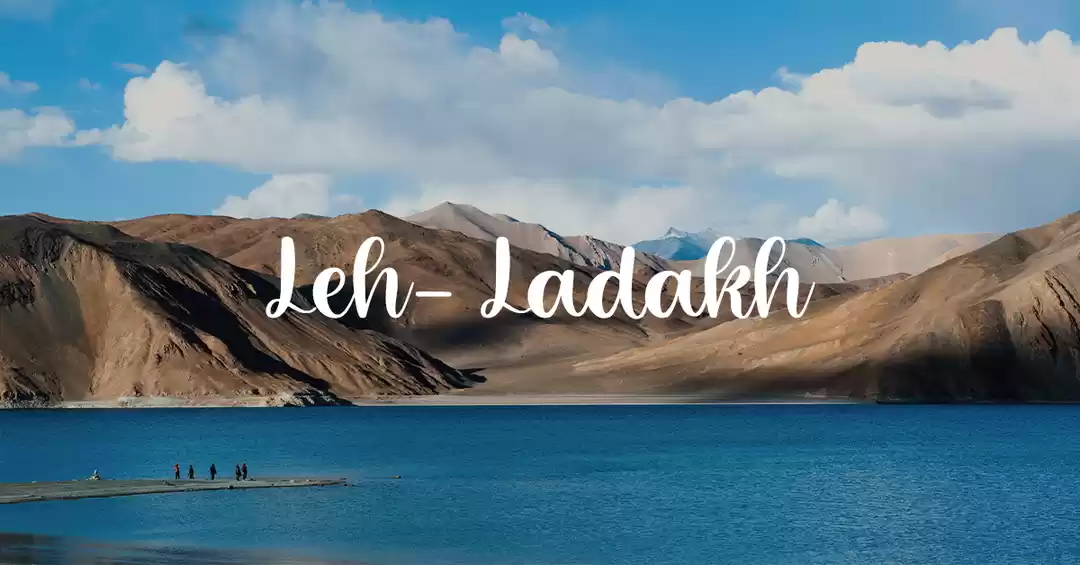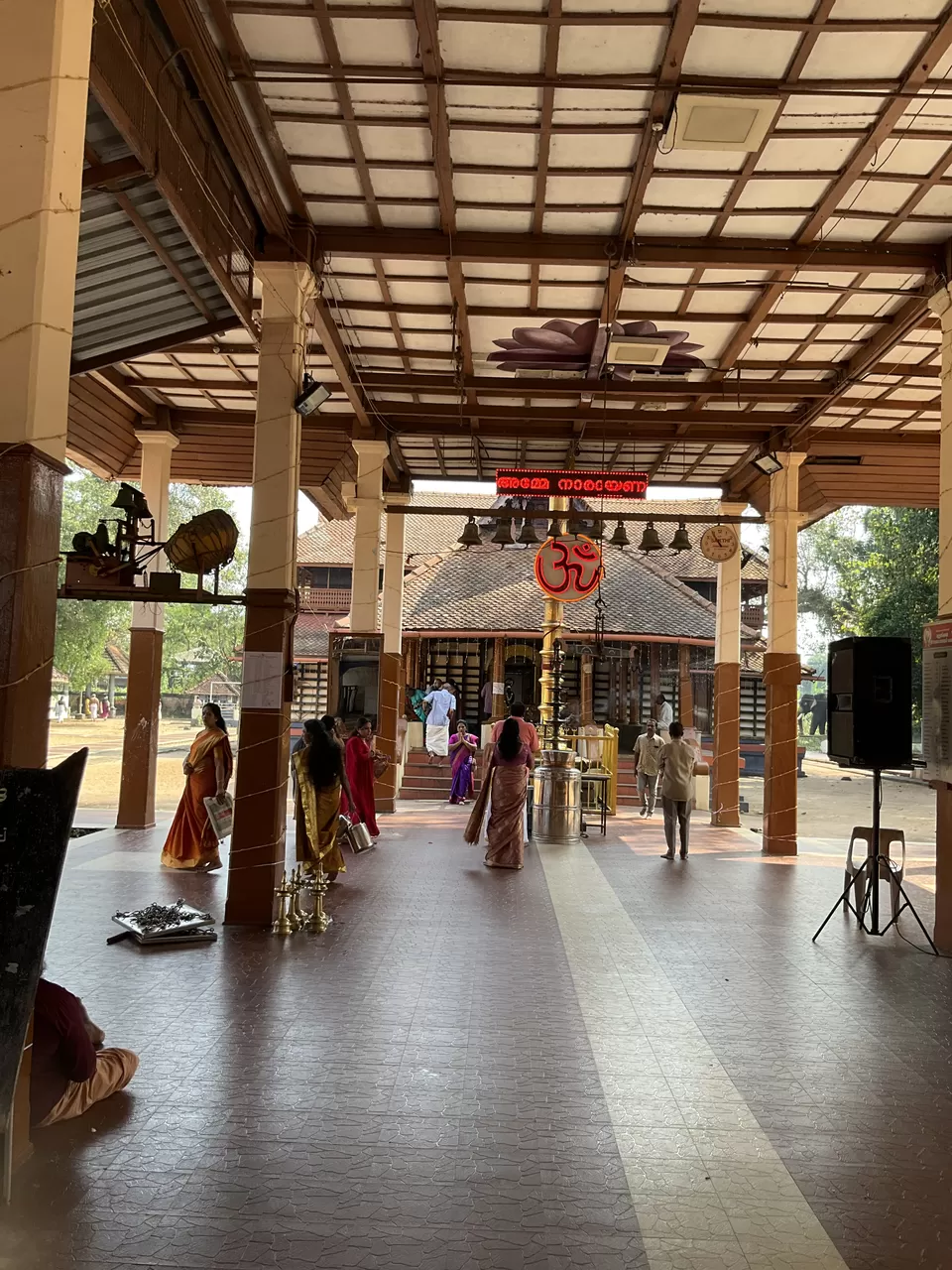
Even though my travel plans are spontaneous and often unplanned, I always make sure to visit enriching and memorable places. I would like to include temple visits in my itinerary to ensure this. In December 2023, I embarked on a trip that began with a visit to the Isha Foundation to deepen my devotion to Shiva. I concluded this journey with a wonderful visit to one of Kerala's most famous and influential temples, the Mullakkal temple in Alleppey.
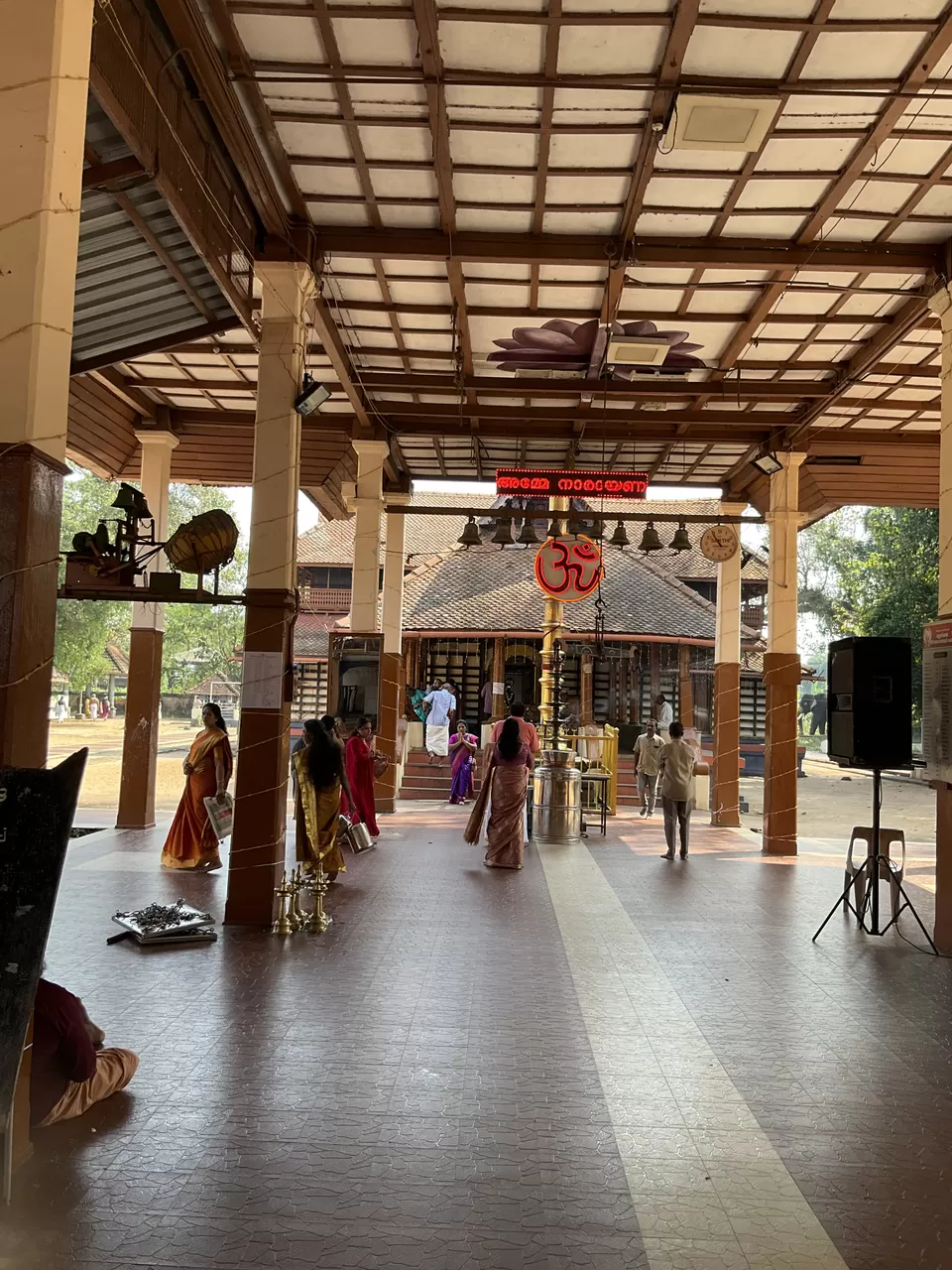
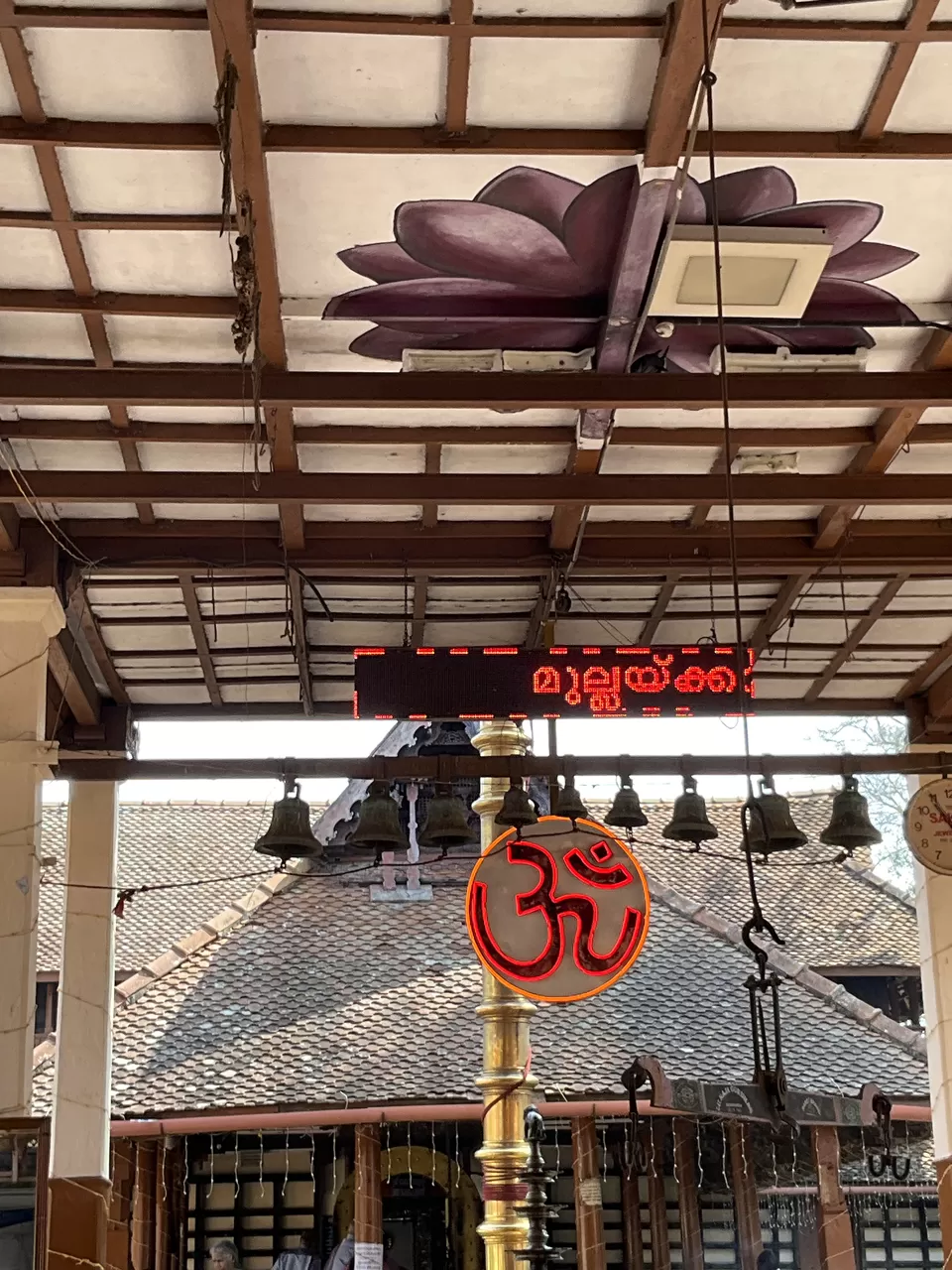
Luckily, I visited the place during its most famous festival, Chirappu, which lasts 41 days from November to December. I almost visited the temple at the end of the festival, especially on one of the most essential 11 festival days. It felt like I was destined to pay my respects to the deity Rajarajeshwari Devi, and indeed, that temple visit made me end that trip peacefully and with utmost satisfaction.
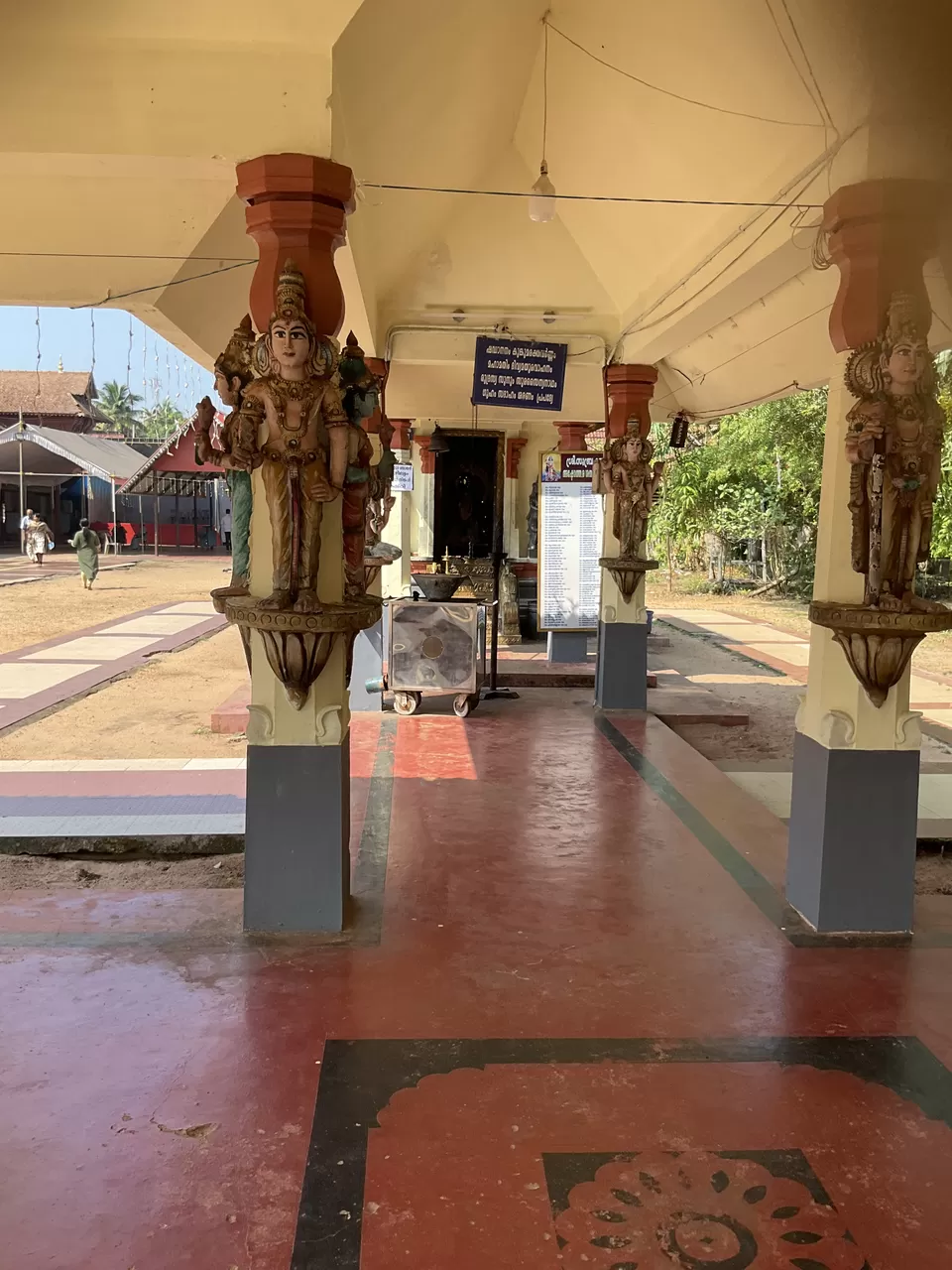
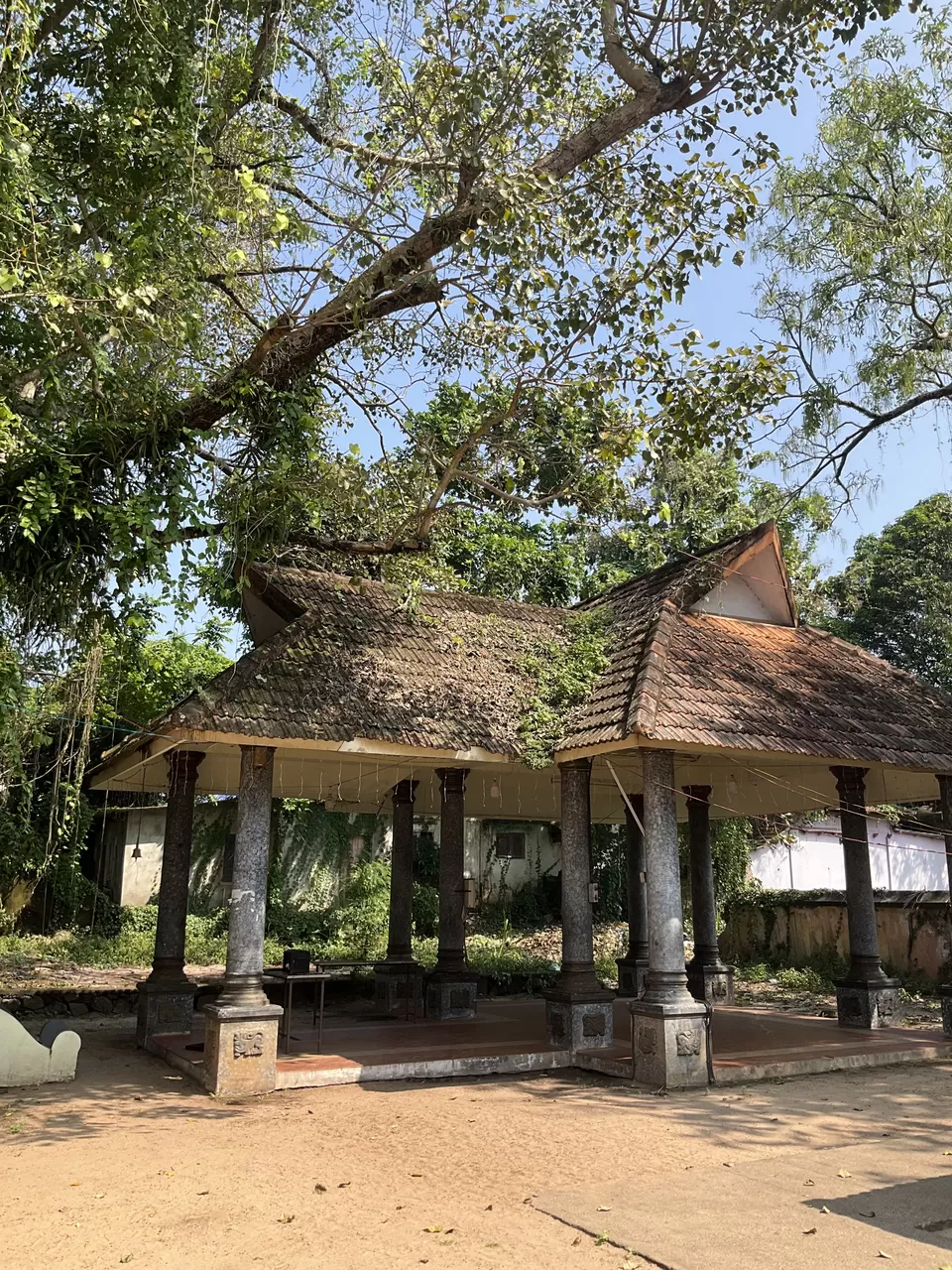
Despite the current dominance of other religions in Kerala, Hinduism continues to exert its influence through its age-old rituals practised in ancient temples. I am not an unthinkingly devout Hindu who unquestioningly believes in mythological figures without understanding their historical context. The Mullakkal temple in Alleppey has a history spanning over 500 years and is dedicated to the Goddess Durga. The locals in Alleppey strongly believe that the goddess protects them, often visiting the temple premises during closing hours to seek her protection. This temple was a key attraction that prompted me to extend my trip from Fort Kochi to Alleppey. As a devout follower of Hindu gods and their sacred places, I could not pass up the opportunity to visit the temple on one of its most significant days.
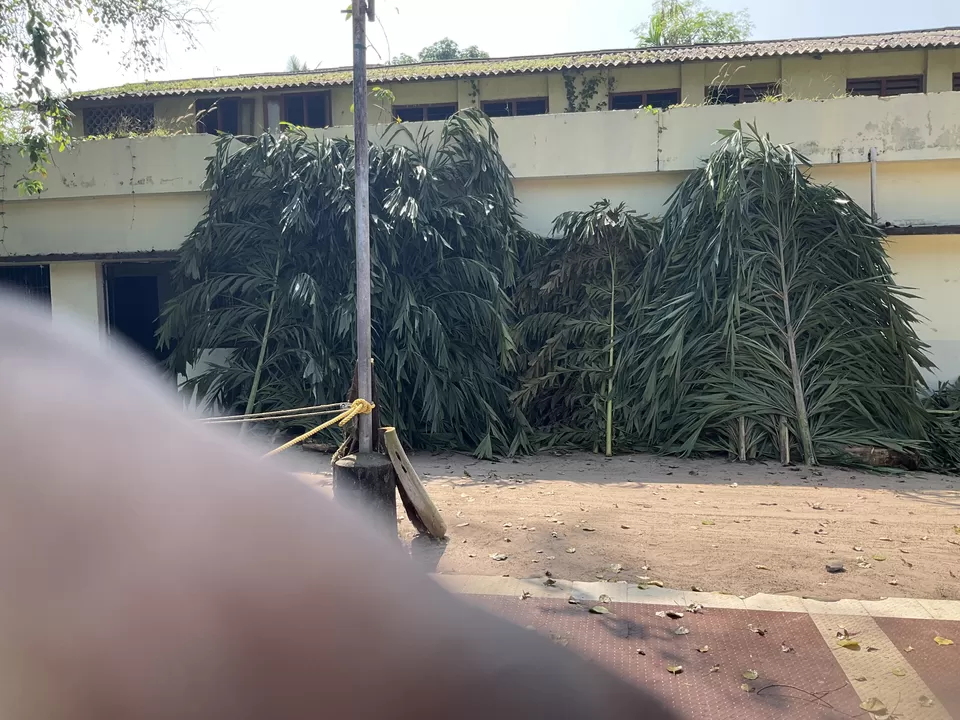
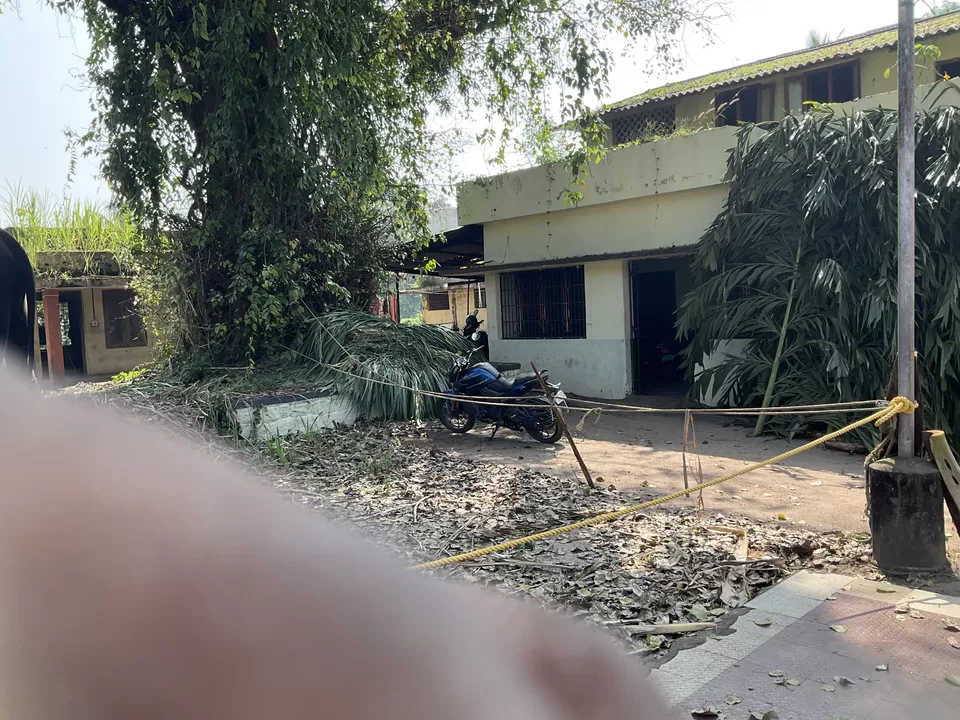
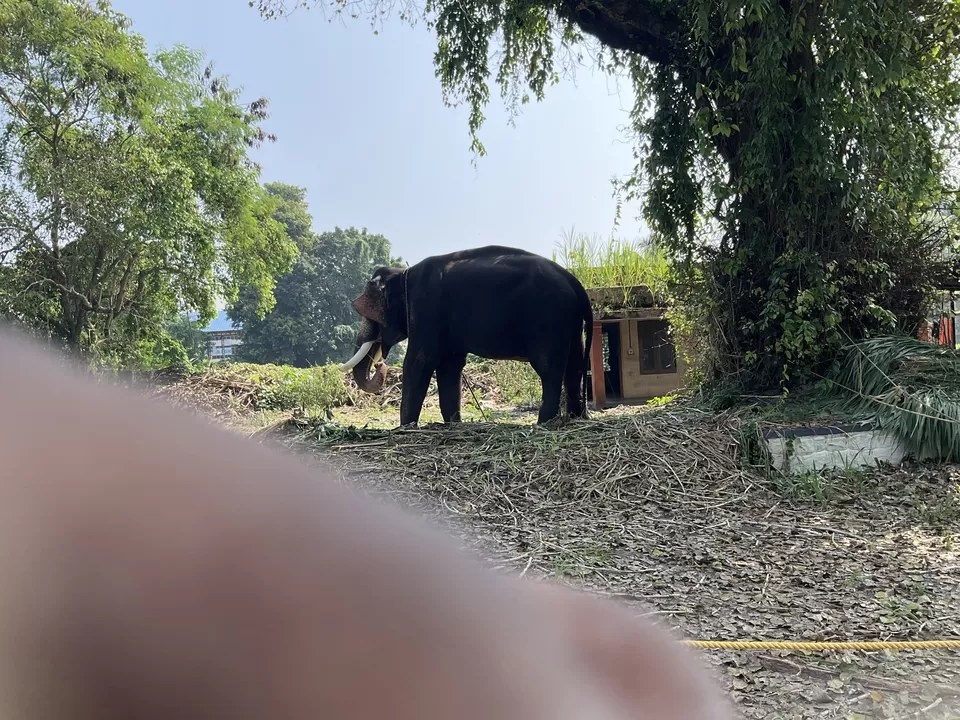
On a beautiful Thursday, I left Alleppey and returned to Bangalore. But before that, I dressed in traditional clothing to spend most of the day at a temple after checking out from my Gostops Alleppey hostel. The Mullakkal temple was 3 km from where I stayed at the Sea View ward of Cullen Road at Alleppey Beach. Before visiting this temple, I visited another Sri Krishna temple near the hostel. I walked to the serene small temple, crossing the narrow yet pleasant lanes of Alleppey to witness the idols of Krishna, Subramanya, Ganesha, and Nagaraja at the temple premises. I was glad to attend the aarti during the morning hours. The temple was 700 meters from the Gostops Alleppey, so I walked there. I took an auto to reach the Mullakkal temple, which cost me 50 rupees. The auto drivers were very welcoming throughout my trip to Kerala. The driver insisted I stay till the afternoon because it was one of the last eleven critical days. If he hadn't suggested it, I would have missed a once-in-a-lifetime experience of witnessing the enchanting deck-up rituals of Goddess Raja Rajeshwari Devi.
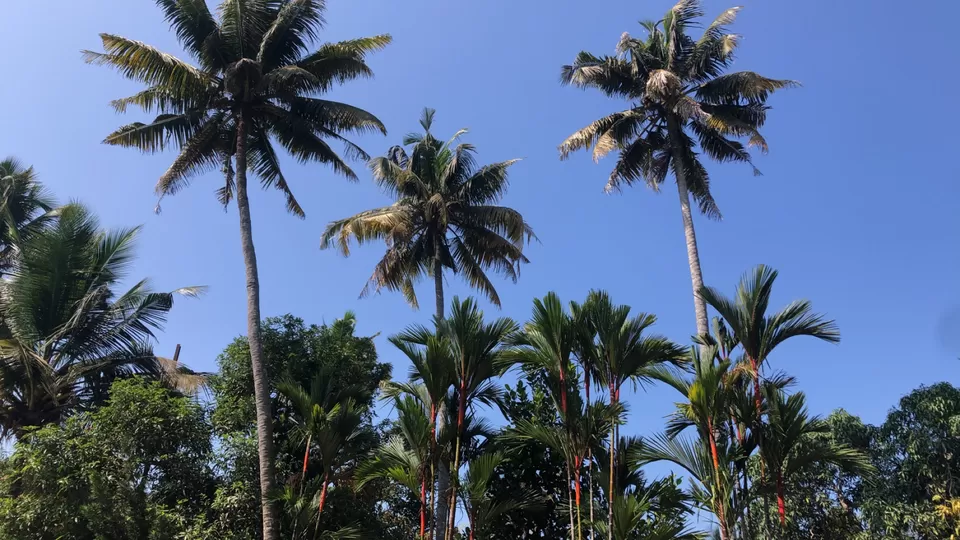
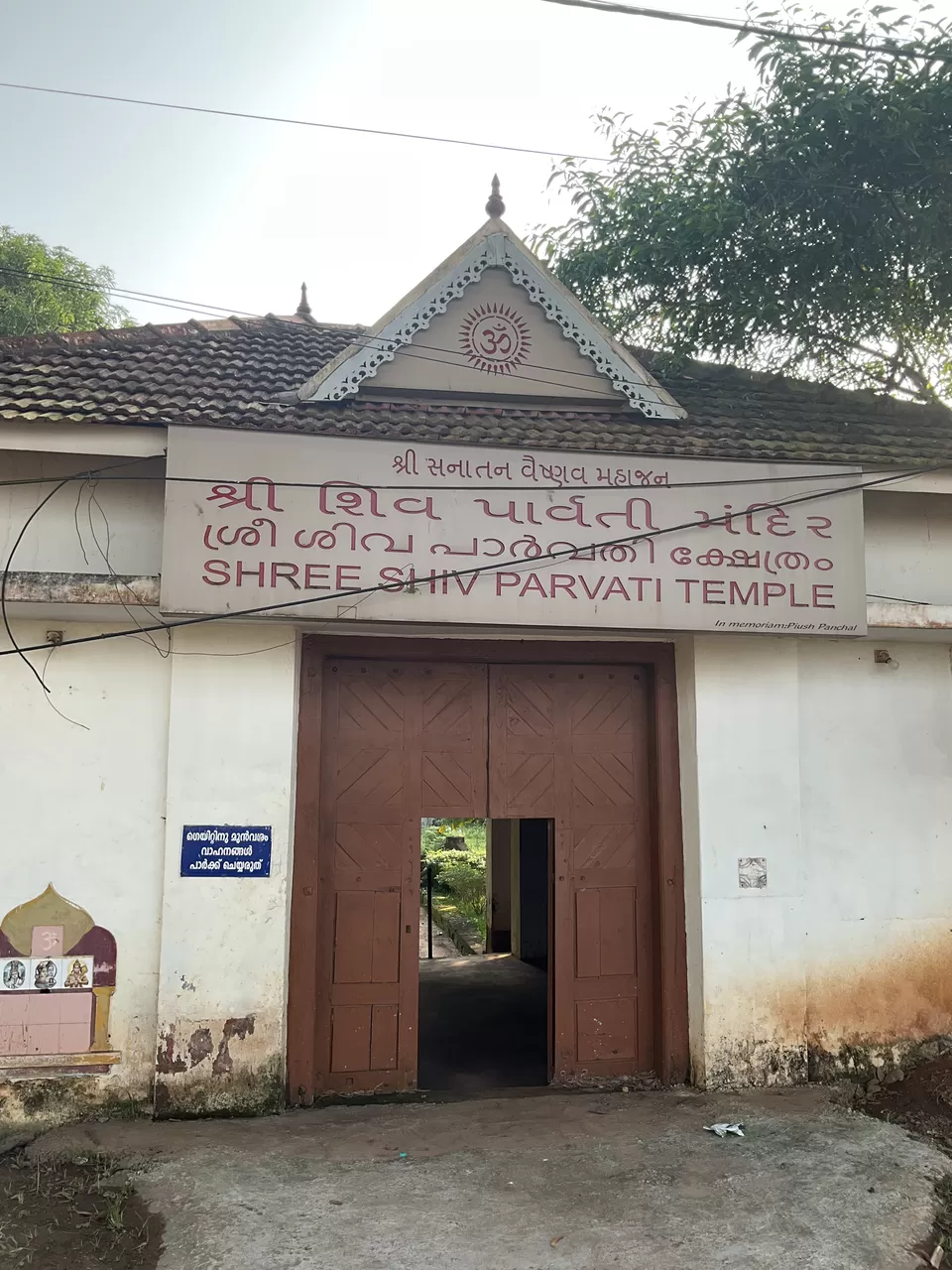
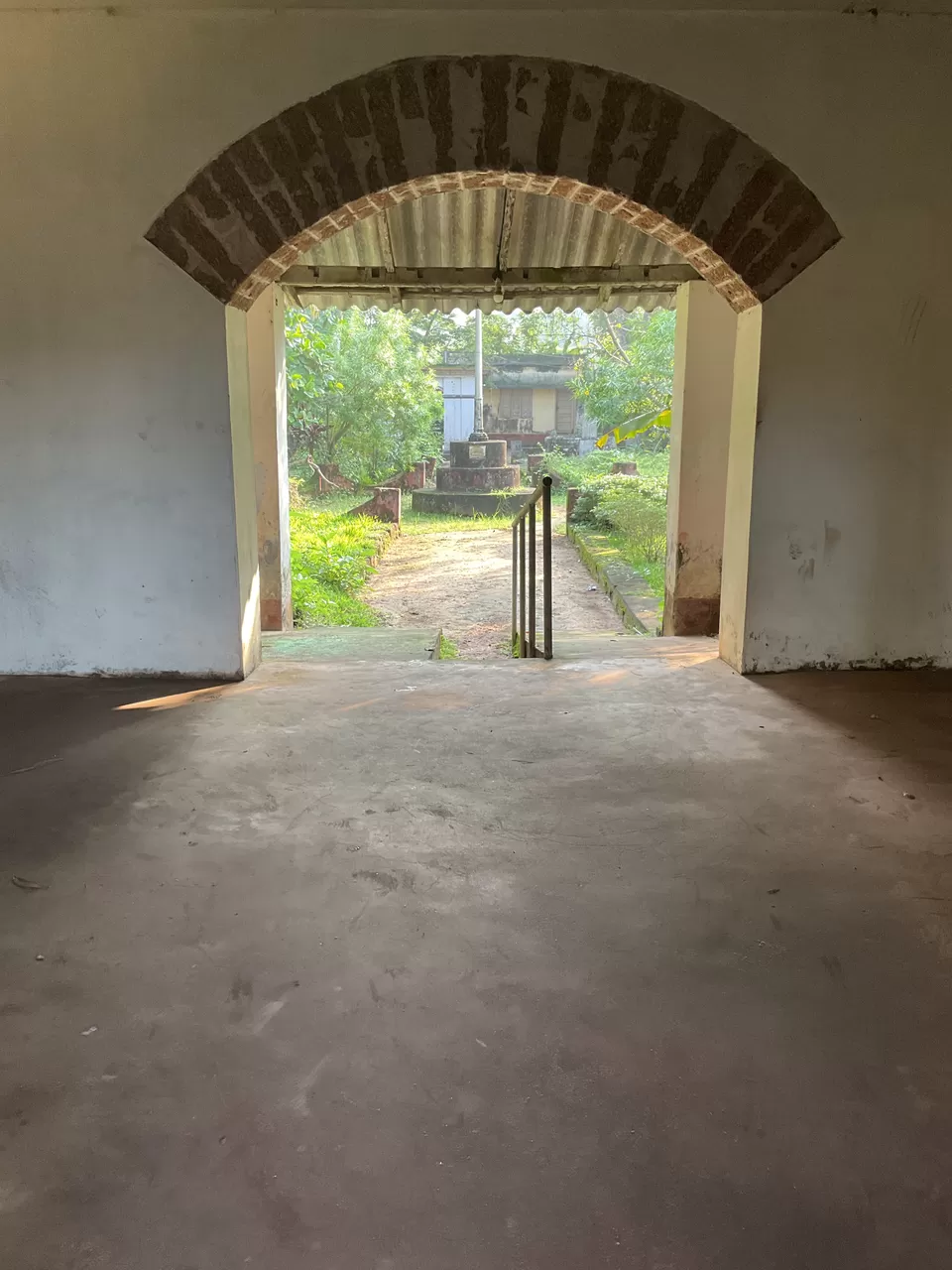
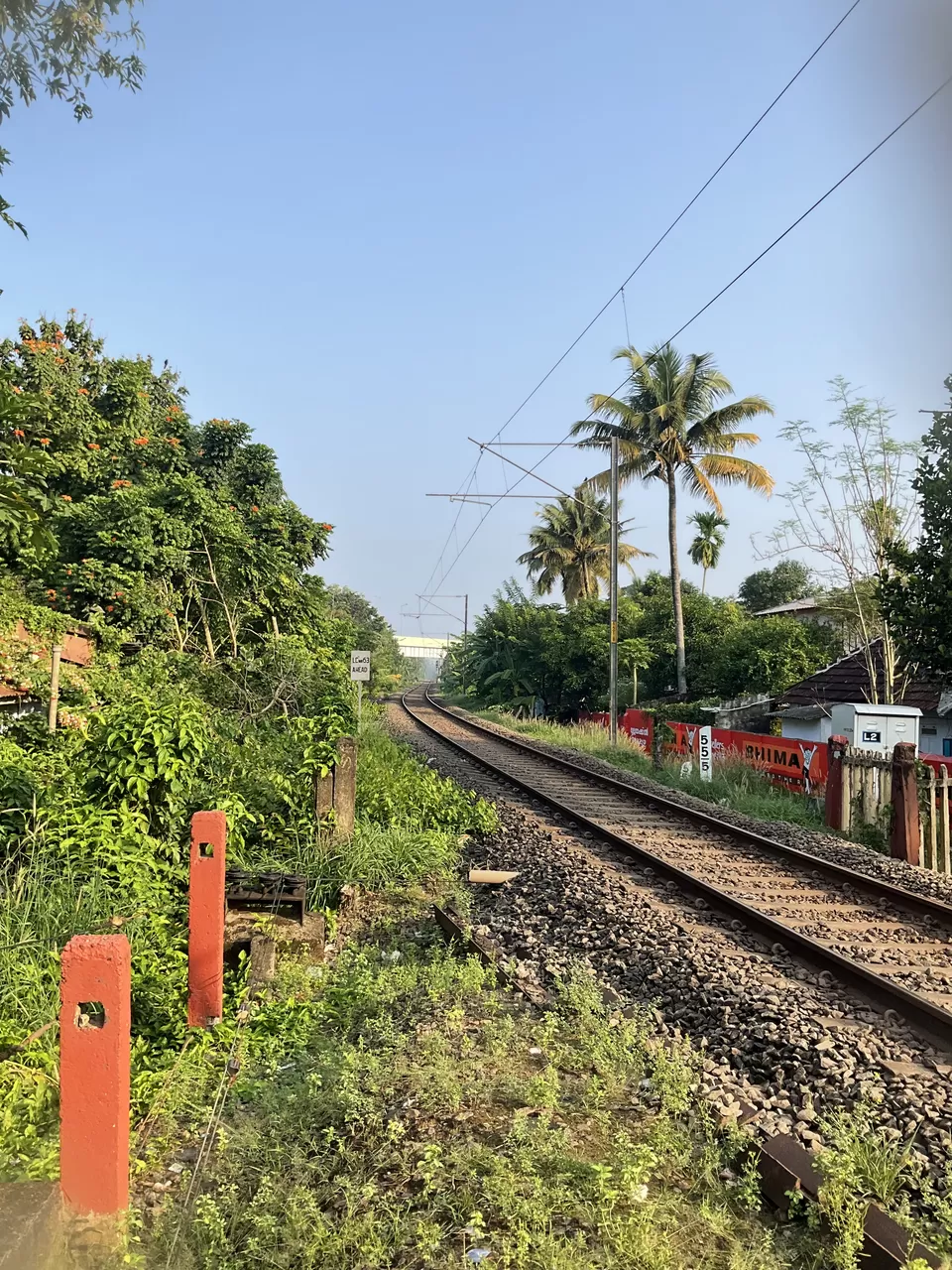
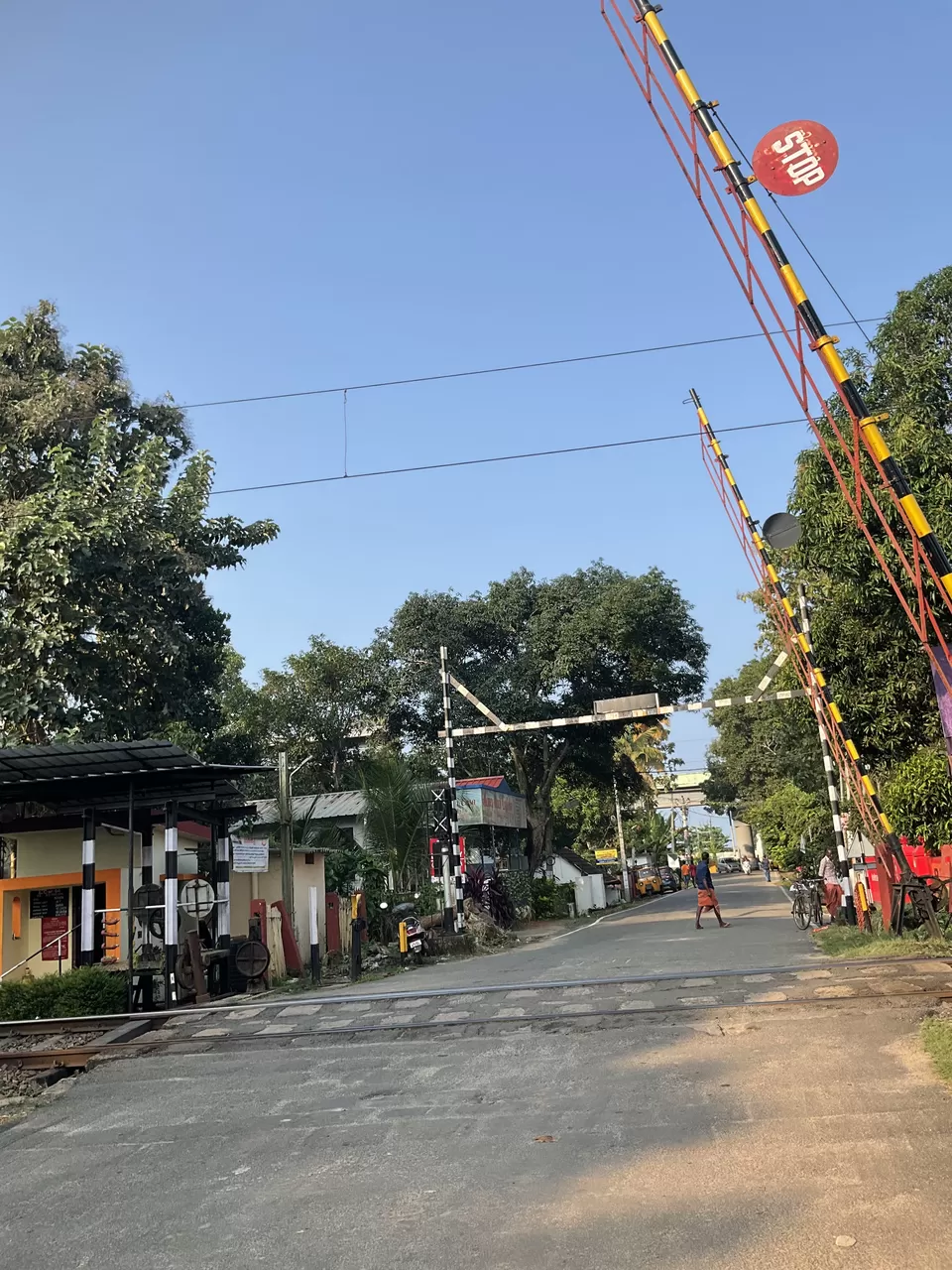
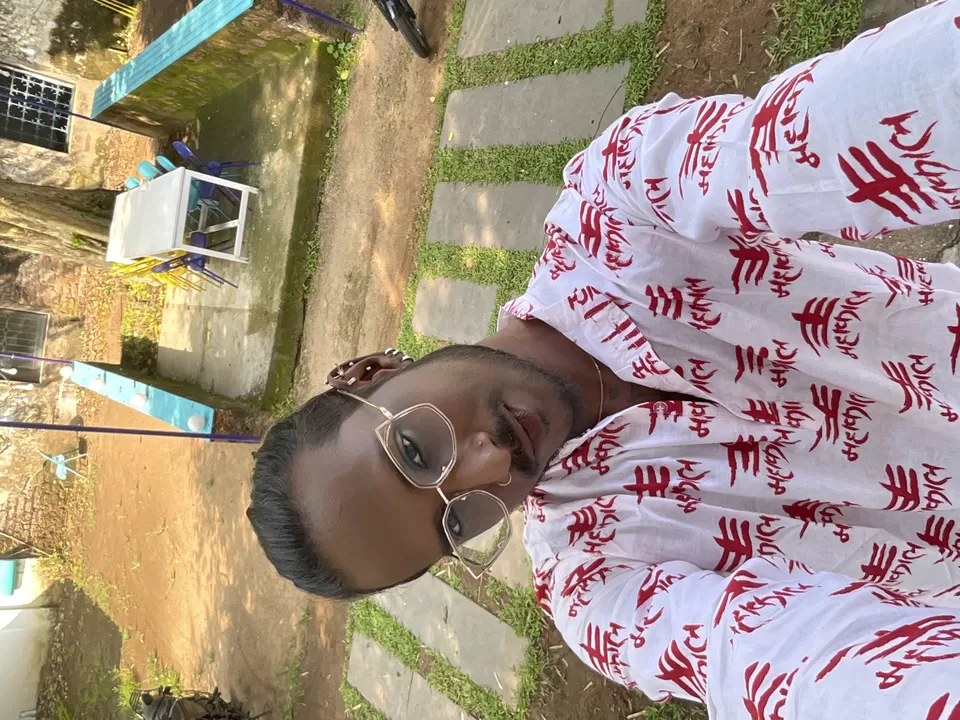

As I strolled down the lane connecting the Alleppey clock tower and the Mullakkal temple, I was greeted by a vibrant display of colourful flags, chariots, and the lively South Indian Malayali festive atmosphere. I couldn't contain my excitement as I entered the temple. I ended up spending almost four hours there until late afternoon. Fortunately, I arrived early enough to explore the temple grounds before the important rituals commenced.
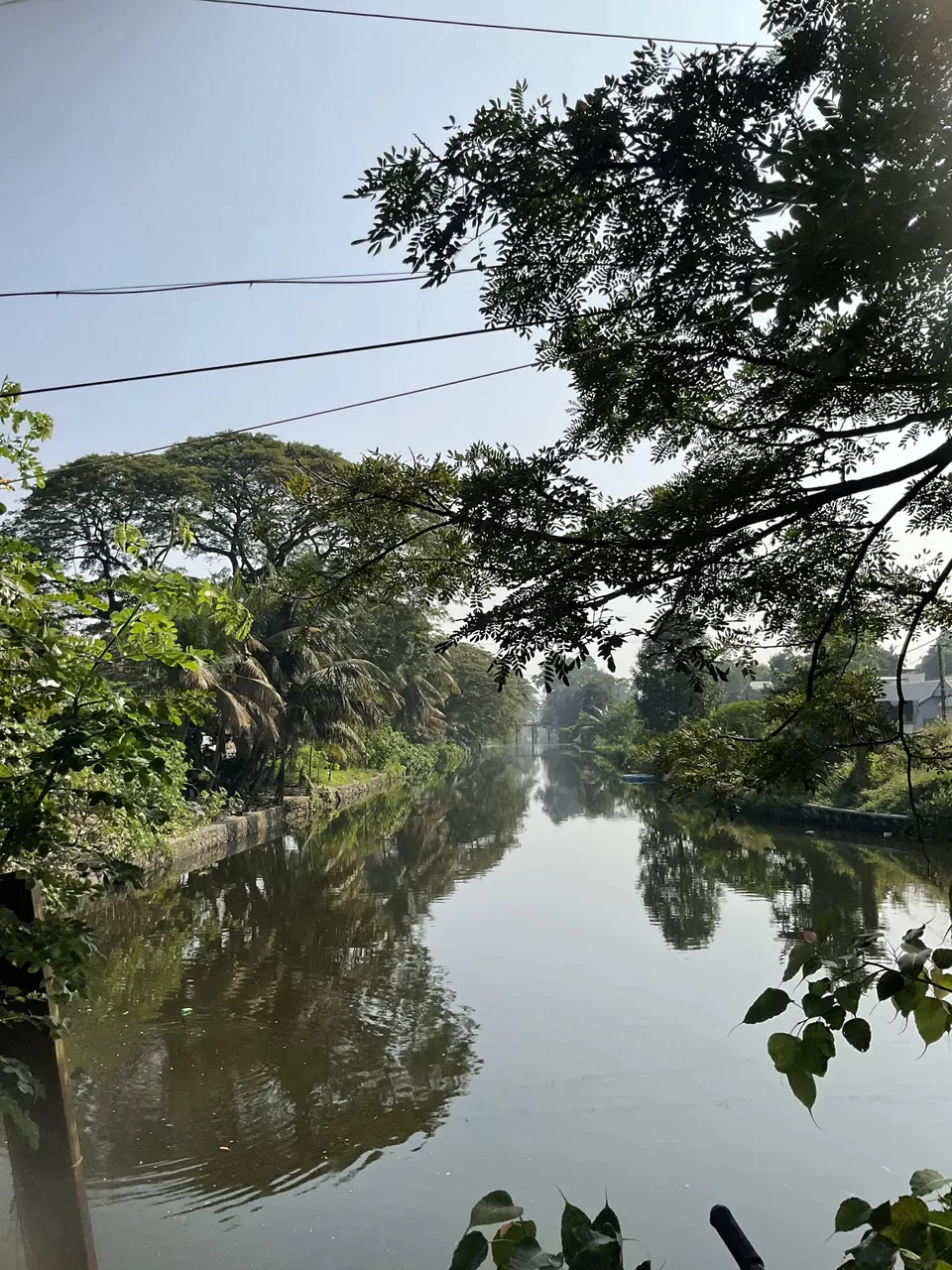
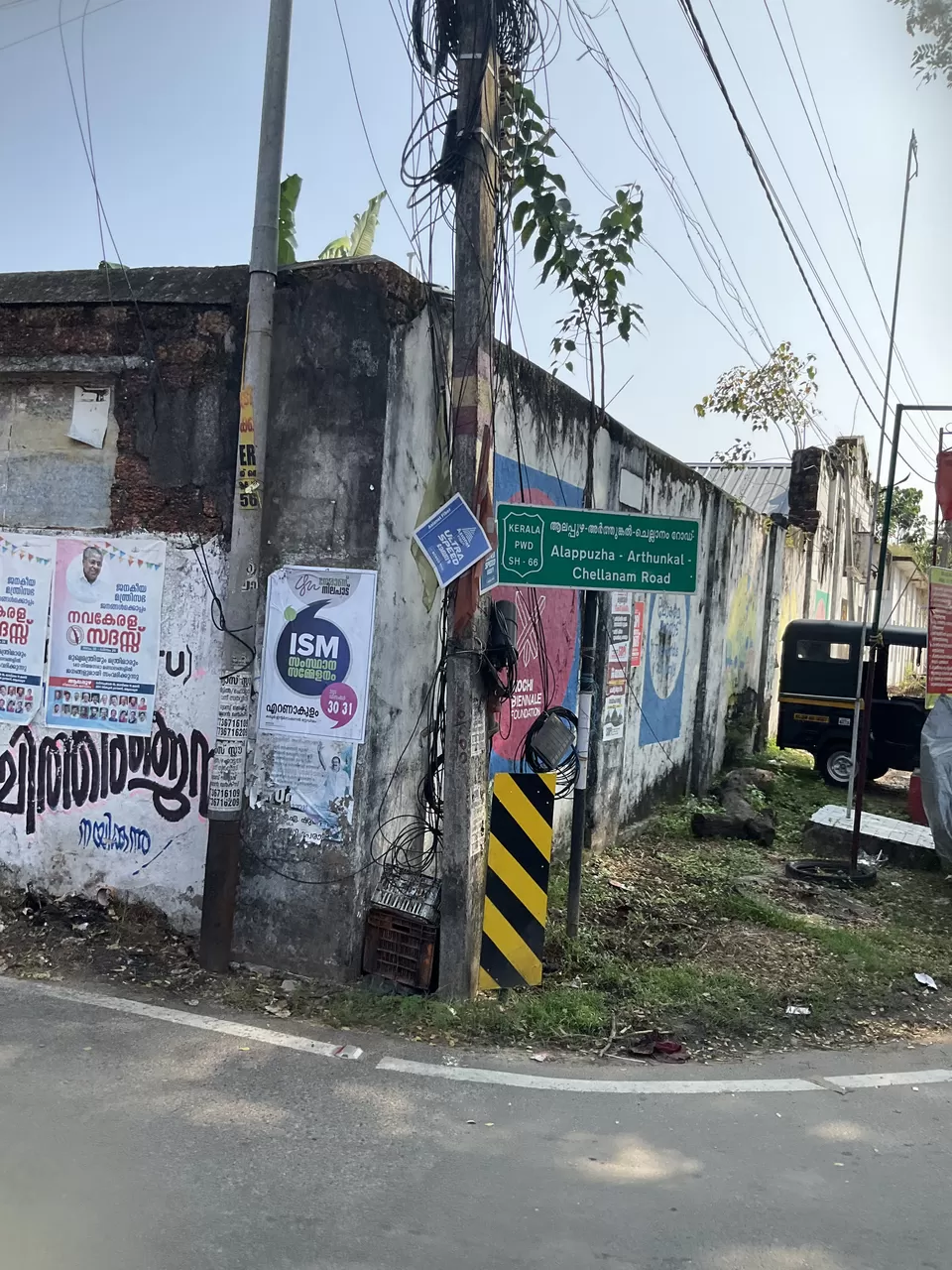
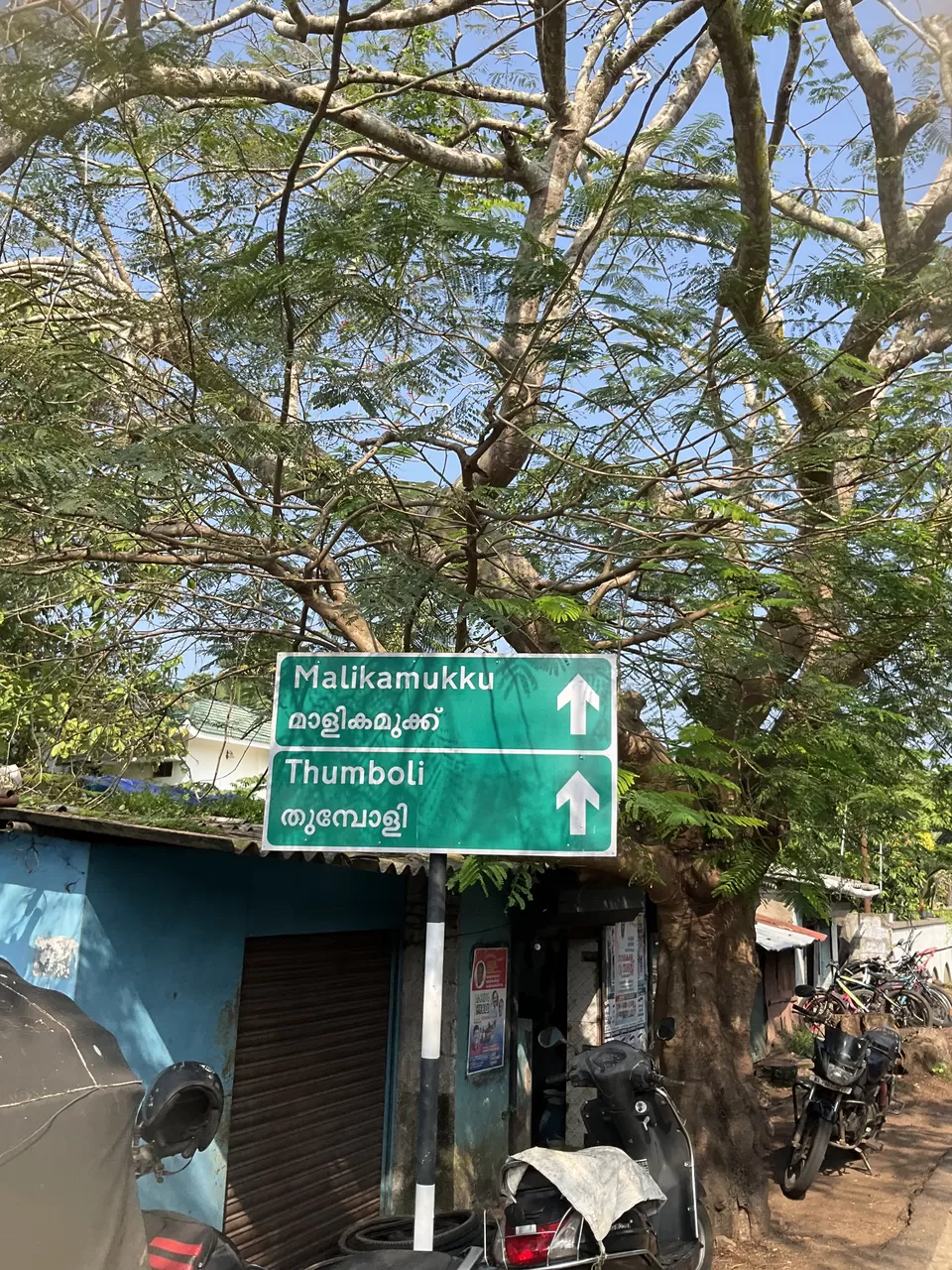
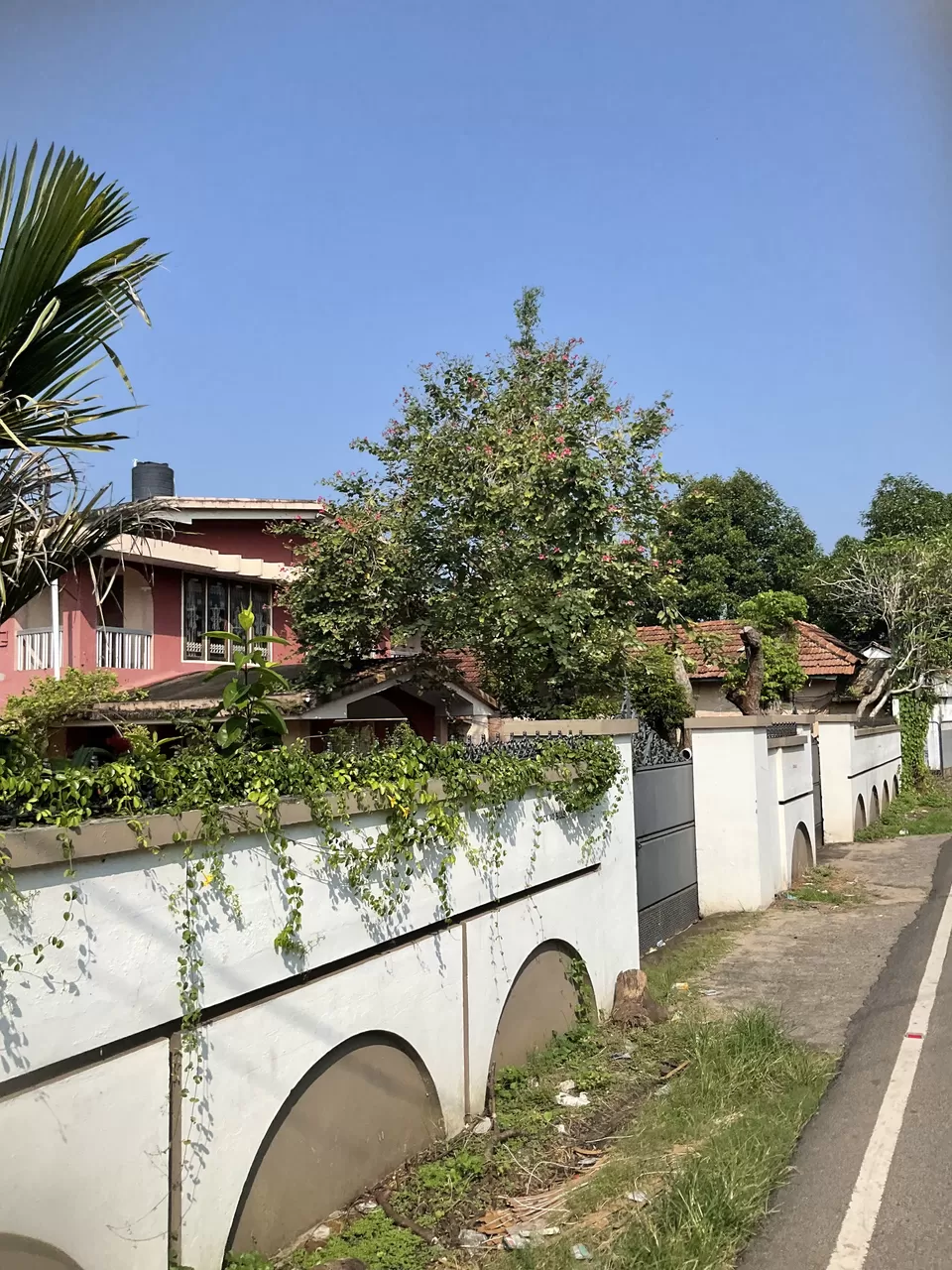
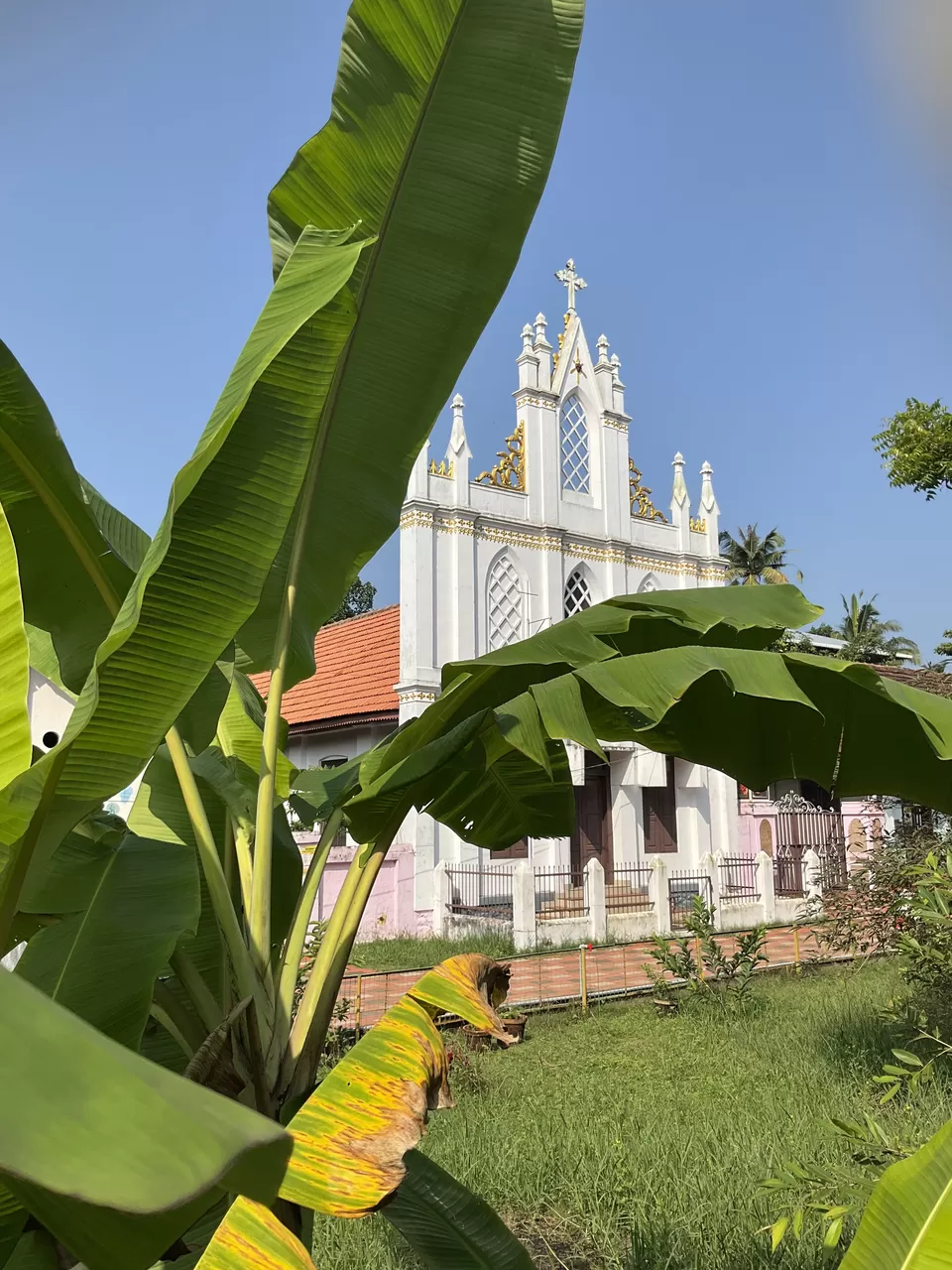
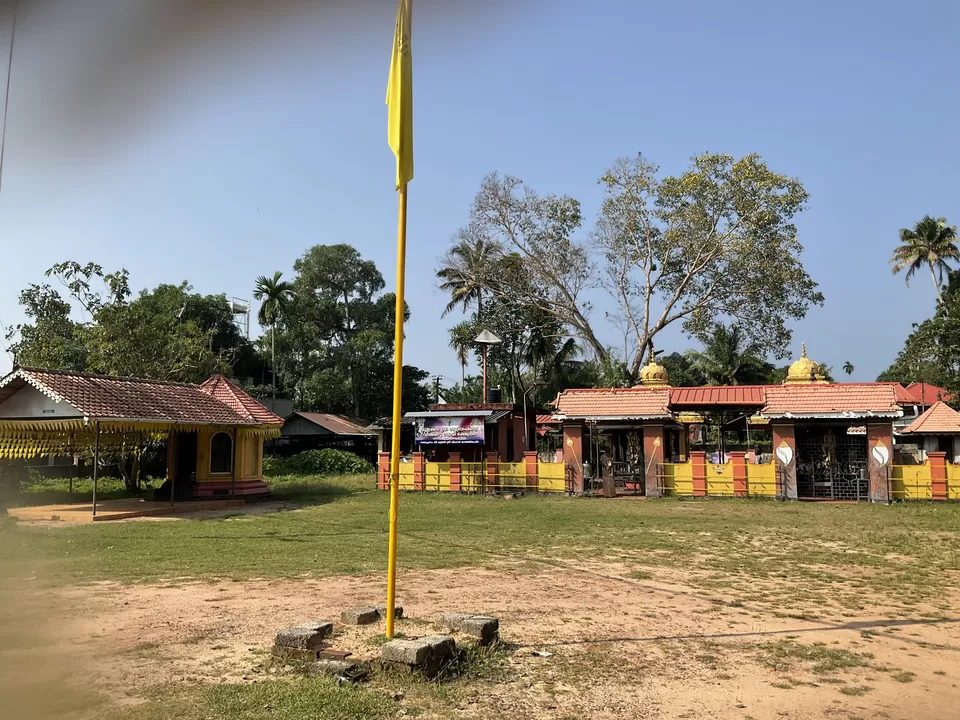
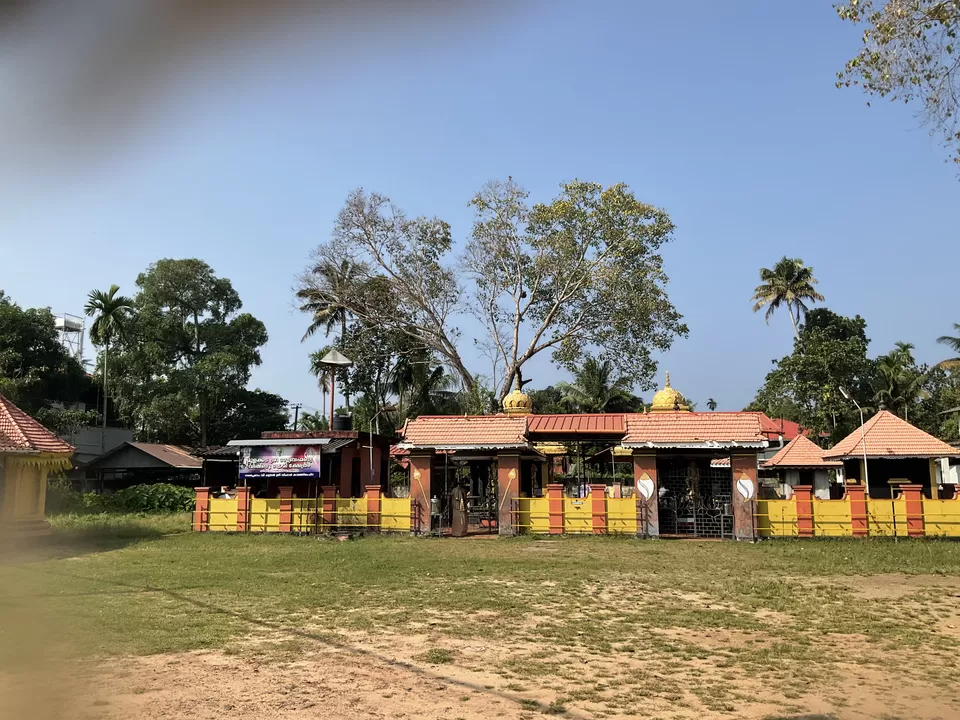
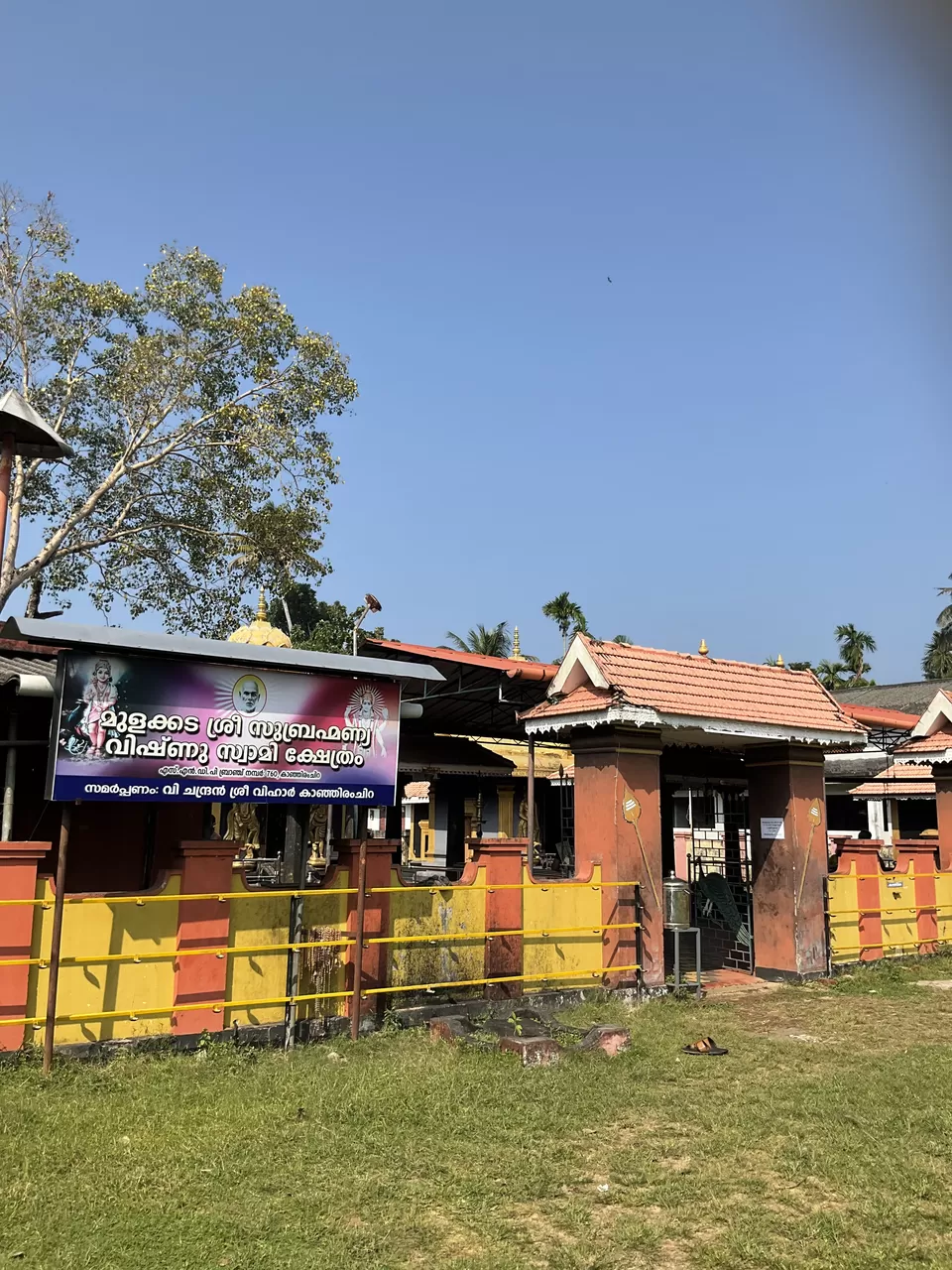

One can easily see the statue of a deity shining from the sanctum sanctorum as soon as you enter the temple. The goddess sits in the middle of the sanctum after passing through five different entrances, two of which are strictly for the priests. Only the priests are allowed to touch and perform rituals for the deity. This is a unique aspect of South Indian temple worship, as not everyone is permitted to touch the deities due to their sacred and powerful energy. As someone who has researched temples and their histories, I always adhere to the rules and regulations. Additionally, only men are allowed to enter the inner sanctum of the temple if they are bare-chested.
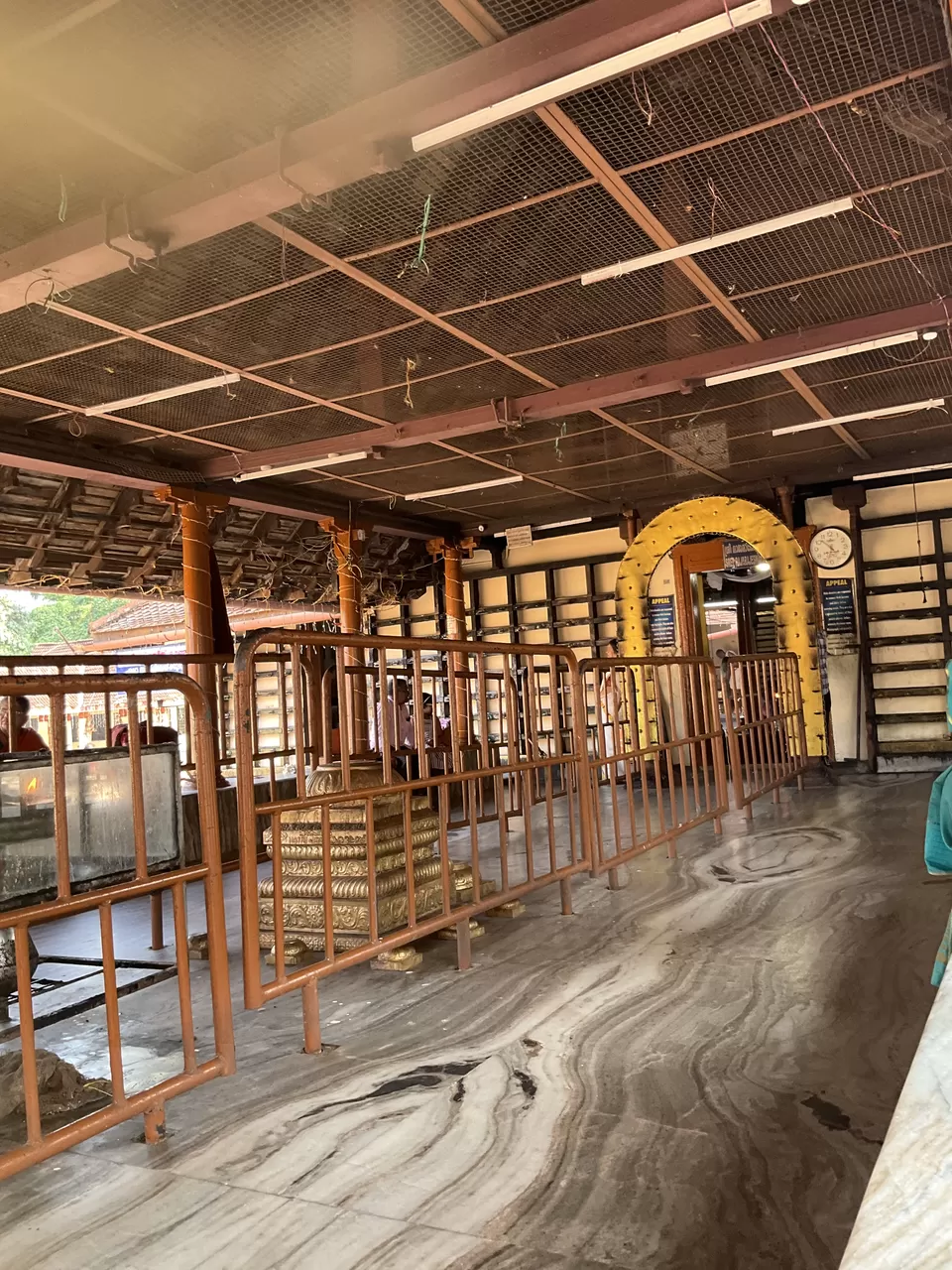

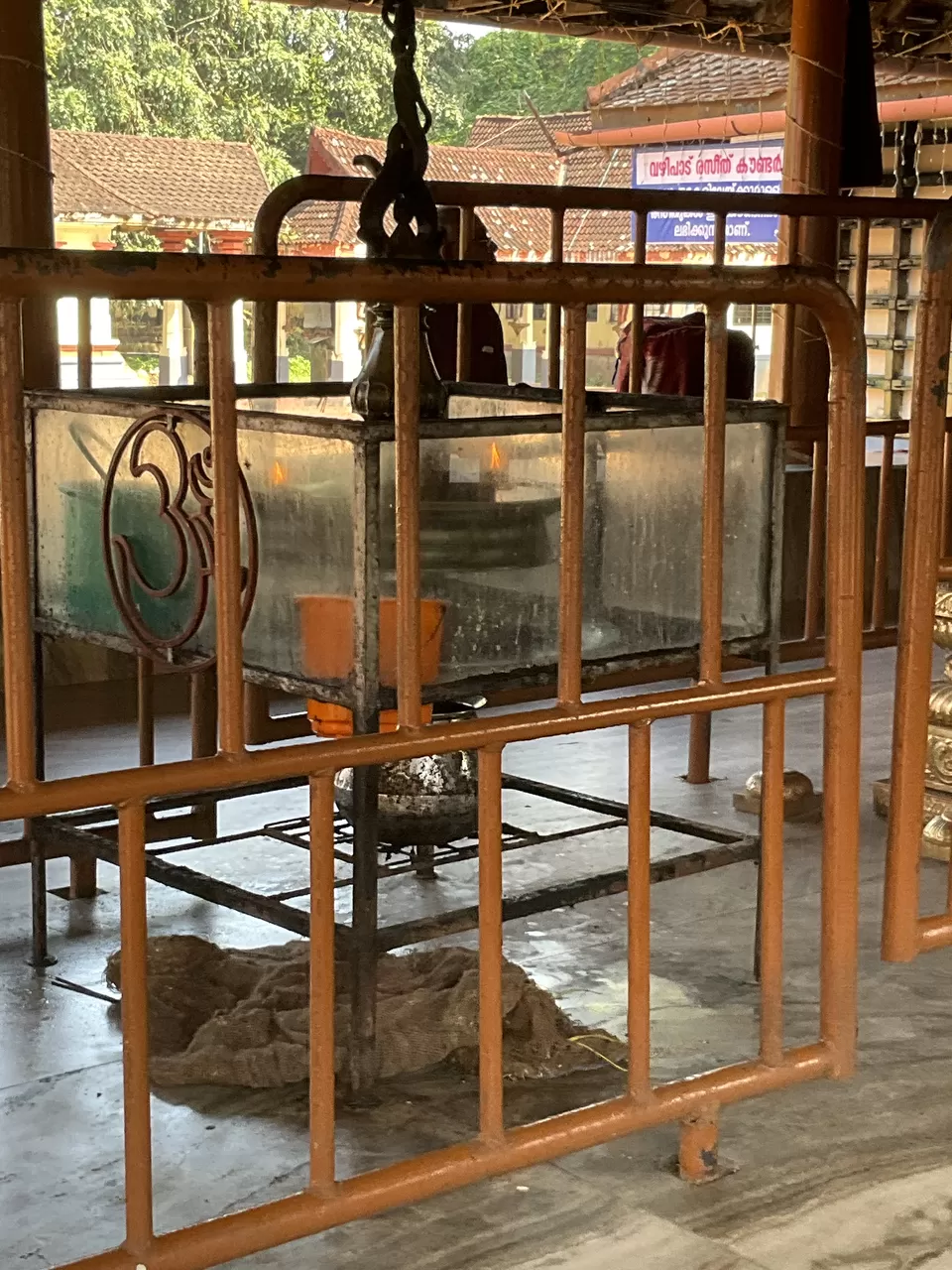
When visiting the temple, start from the back end, where Lord Ganesha is behind the main temple. Upon entering, you will find Lord Ayyappa on the right side, Lord Karthikeya on the left, and a little further ahead, you can see the Navagrahas (nine planets) surrounded by a wall. You'll find Lord Subramanya or Lord Nagaraja on the other side of the temple. Diagonally opposite the main temple, you can witness the adorable form of Lord Krishna, and opposite that, you'll find statues of Lord Shiva and Lord Vishnu. The main deity, Goddess Raja Rajeshwari Devi, is surrounded by the other gods of Hinduism. This allows visitors and devotees to have a darshan of almost all the deities in one temple complex.
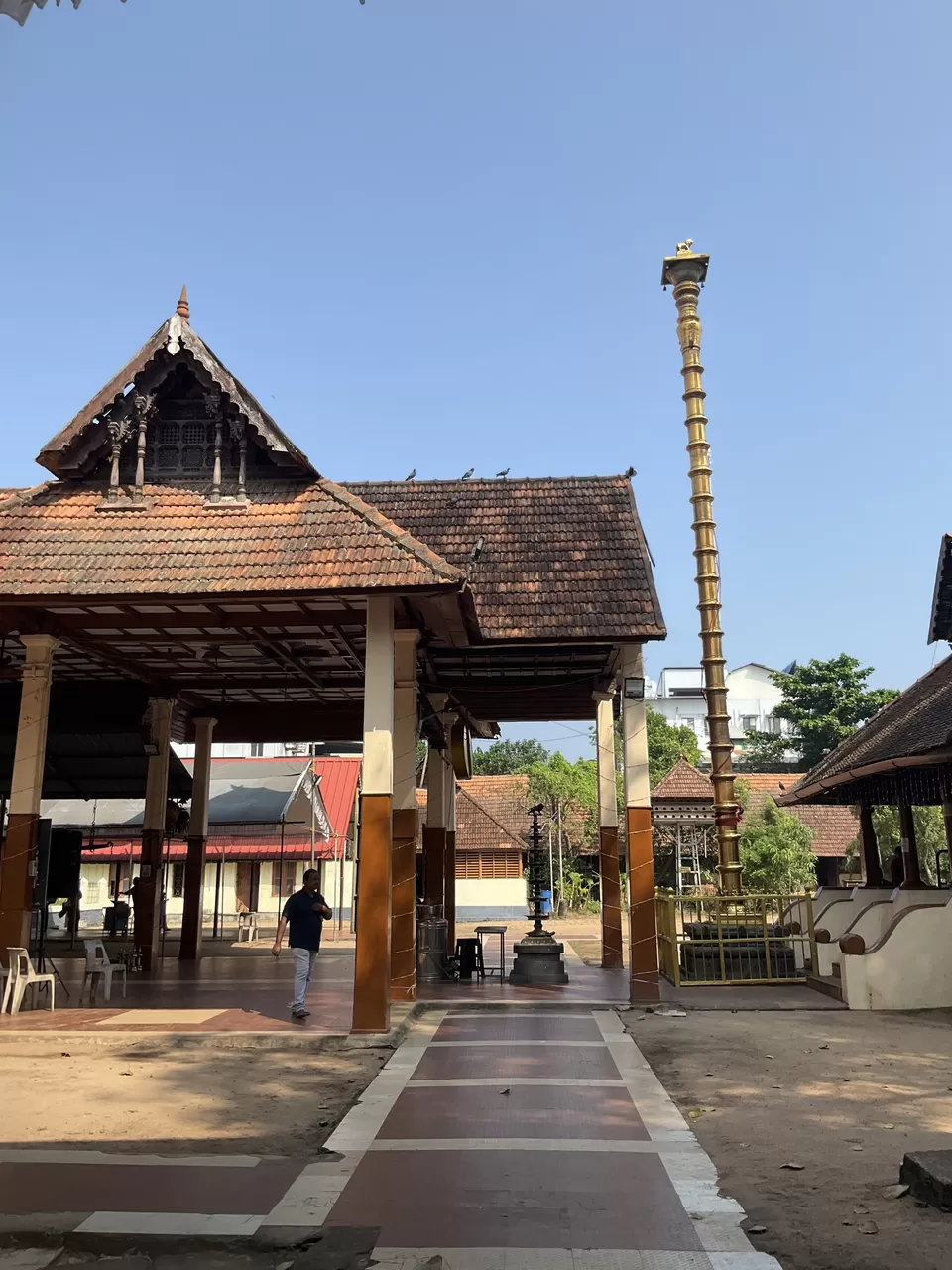
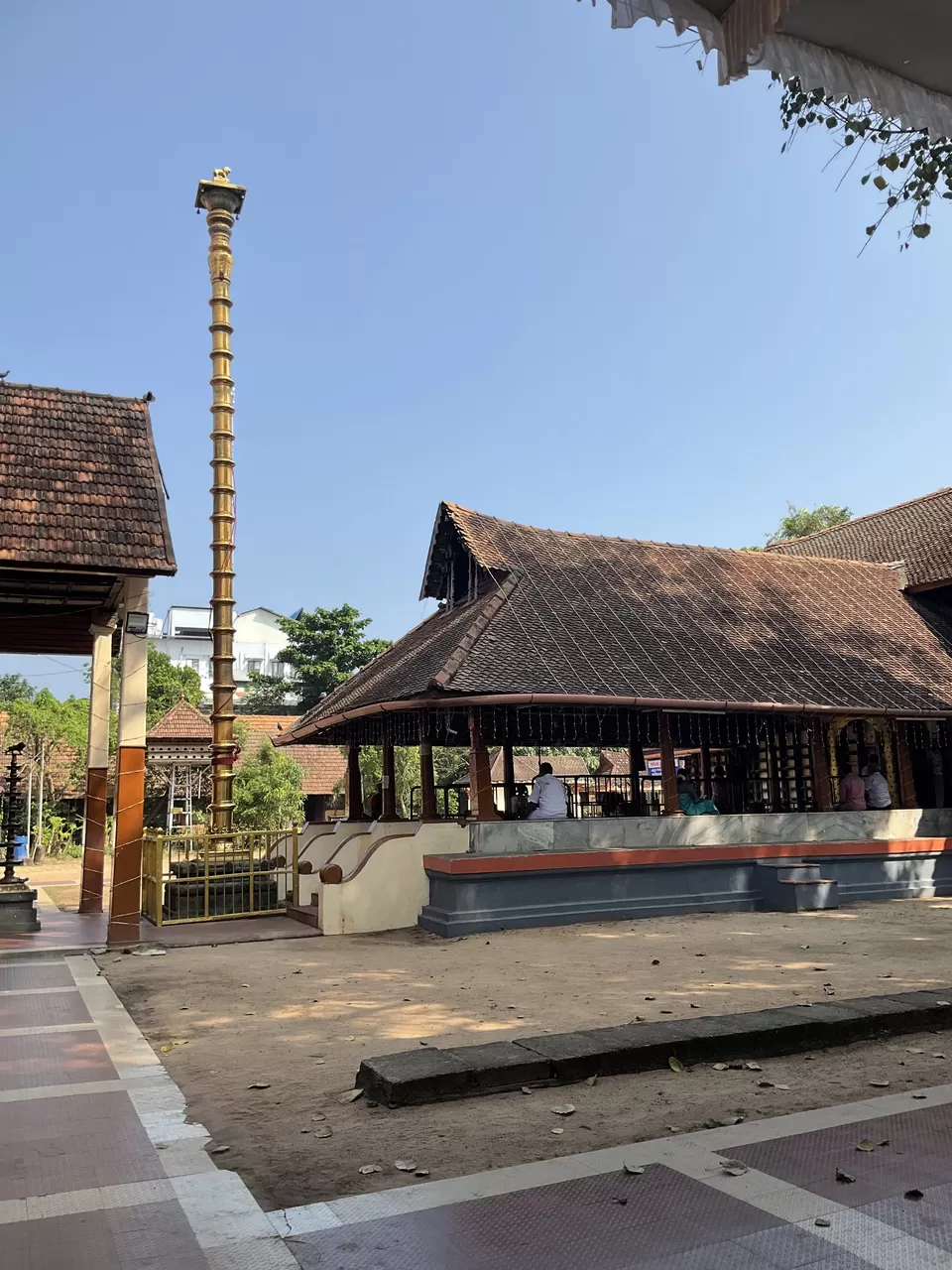

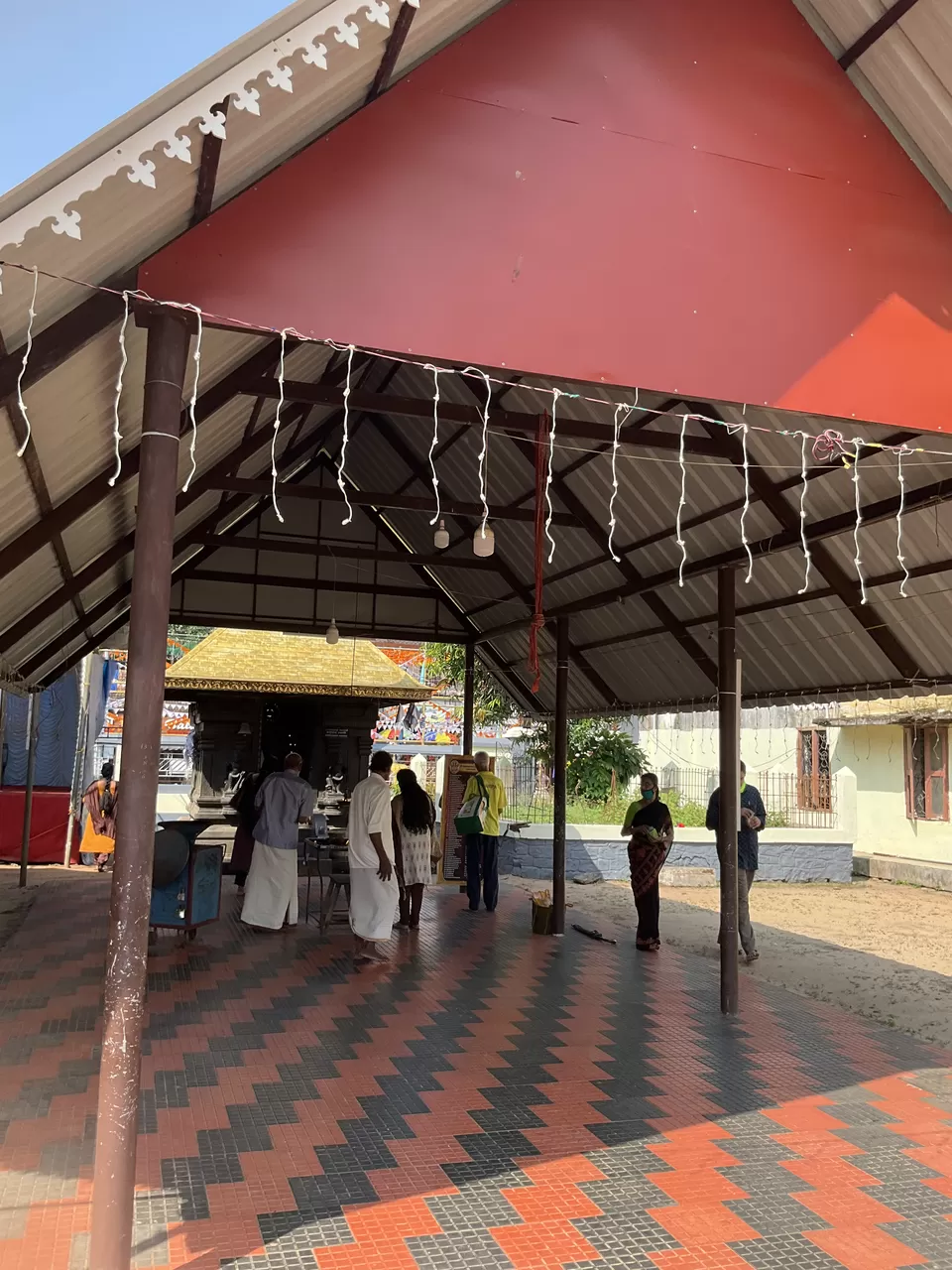
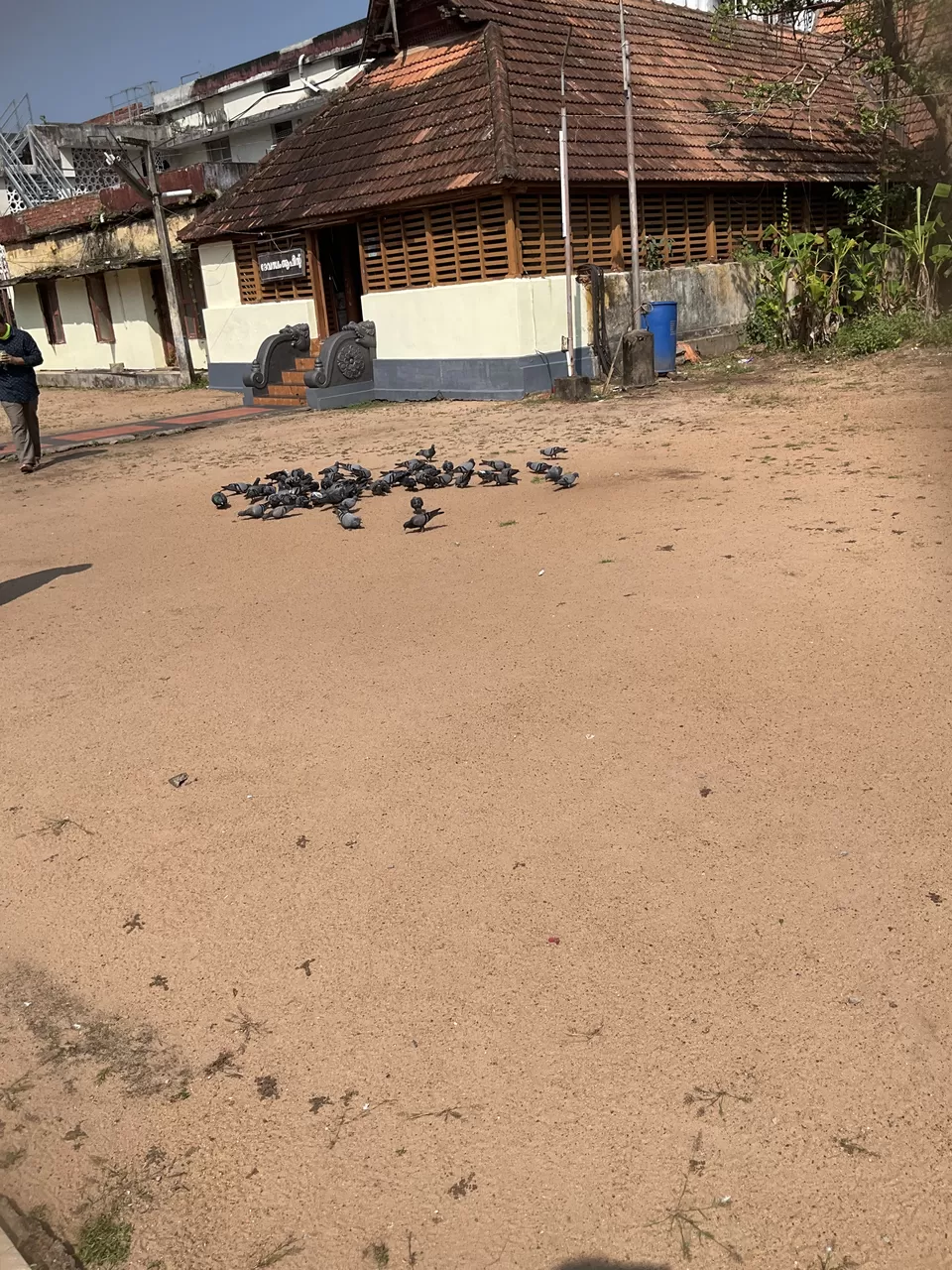
"When I first visited the temple, it took me some time to understand its layout. As soon as I entered, I washed my feet. The flow of devotees was steady, allowing for a peaceful darshan without much waiting. Surprisingly, the crowd increased at noon, coinciding with the central ritual time. The temple complex was expansive, with high ceilings throughout, except in the inner sanctums where visitors must bend. I ascended a few stairs to the audience hall inside the main hall, where devotees waited to enter the inner sanctum to offer prayers, fruits, and flowers and perform pooja rituals. The temple management office is located in the corner of the temple, where devotees can purchase tickets for special poojas, abhishekams, and other pooja items."
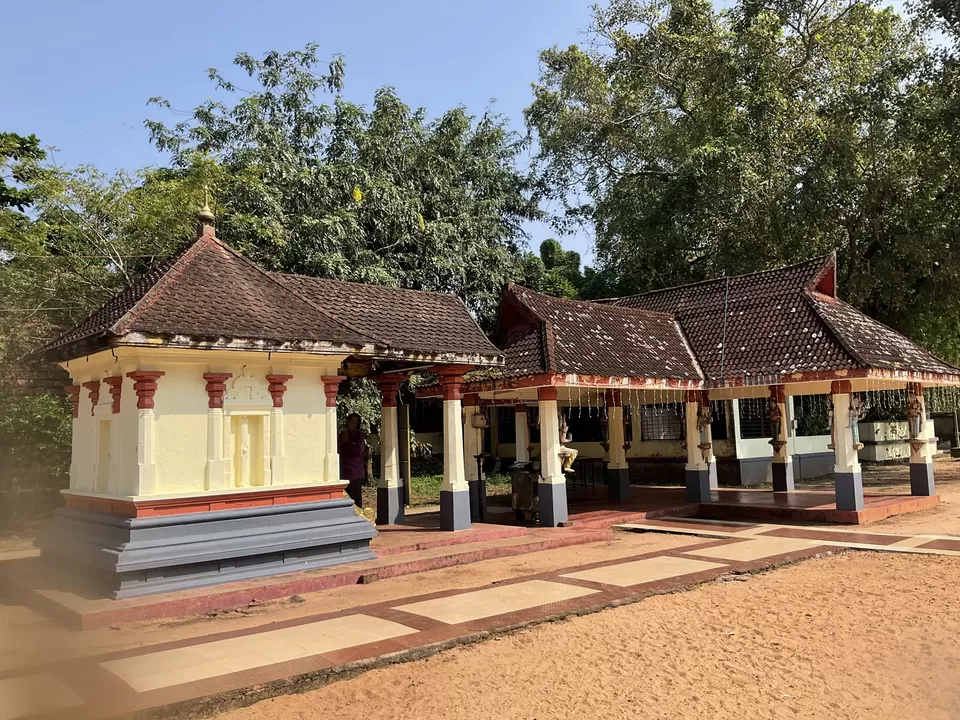
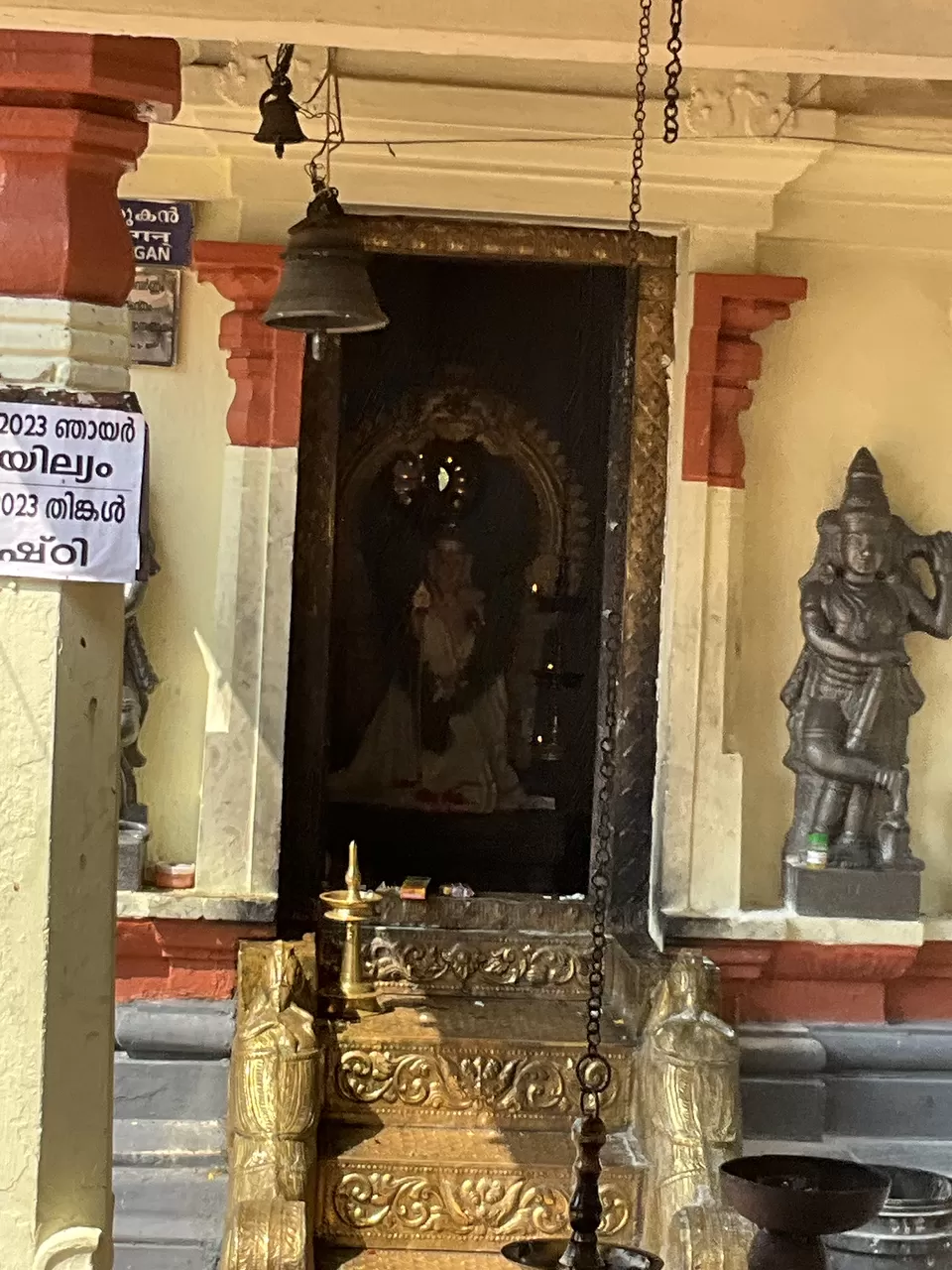
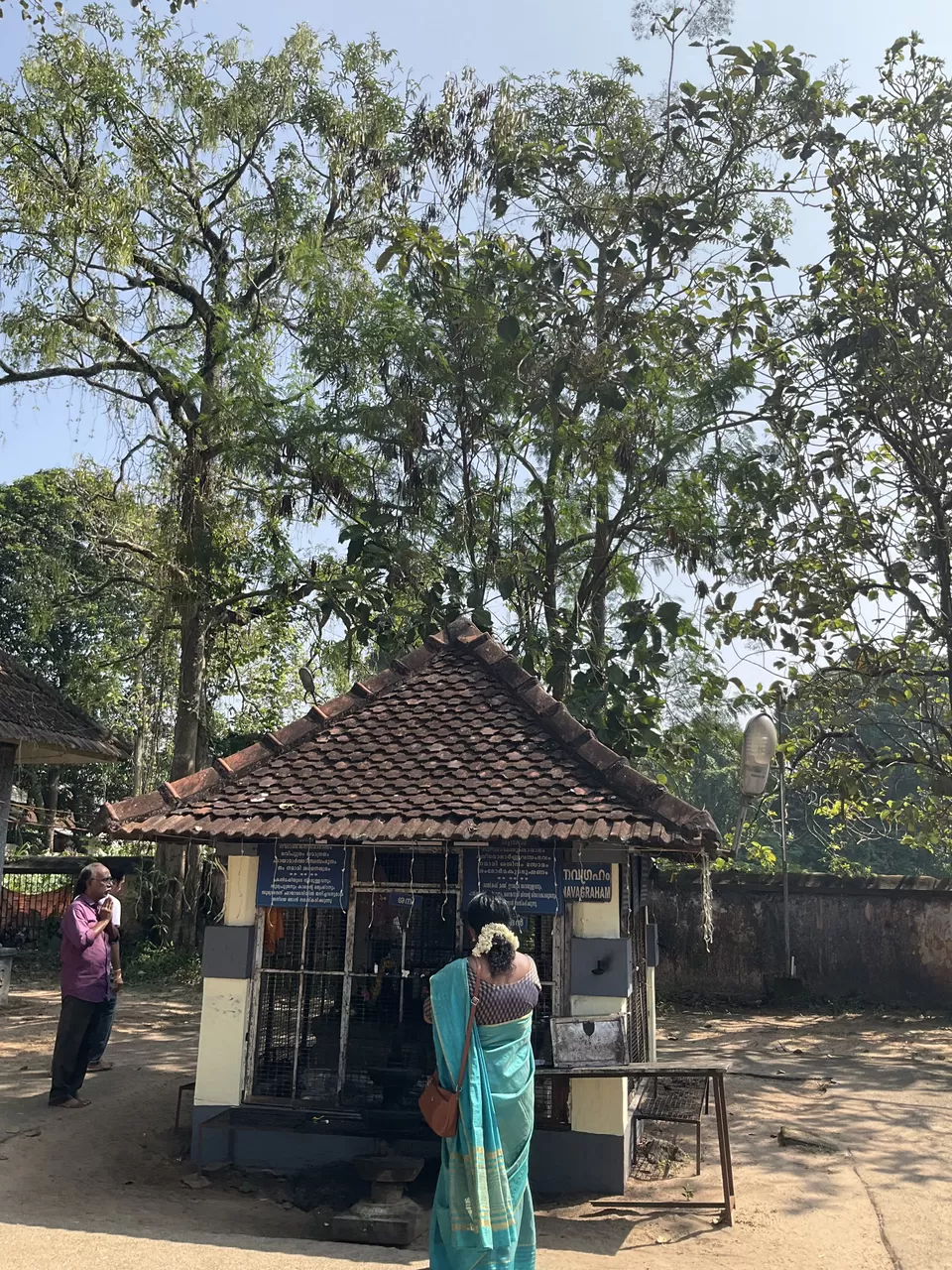
I removed my kurta and circumambulated three times around the main deity before receiving blessings from the pandits. About 7 of them were working and preparing the items for the main rituals. The prominent priest had a strict and straightforward look. He instructed me to stay for the aarti and aarti at the entrance of the Sanctorum. I felt it as a blessing despite his authoritative tone. After having the peaceful darshan of the goddess, I stepped out and began visiting every temple surrounding the main goddess. Aside from the Ganesha temple, I spent a lot of time admiring nature, especially the temple's festive elephant, Gajesha, who was leisurely munching on sugarcane, awaiting his task of joining the processions in the evenings of those auspicious days.
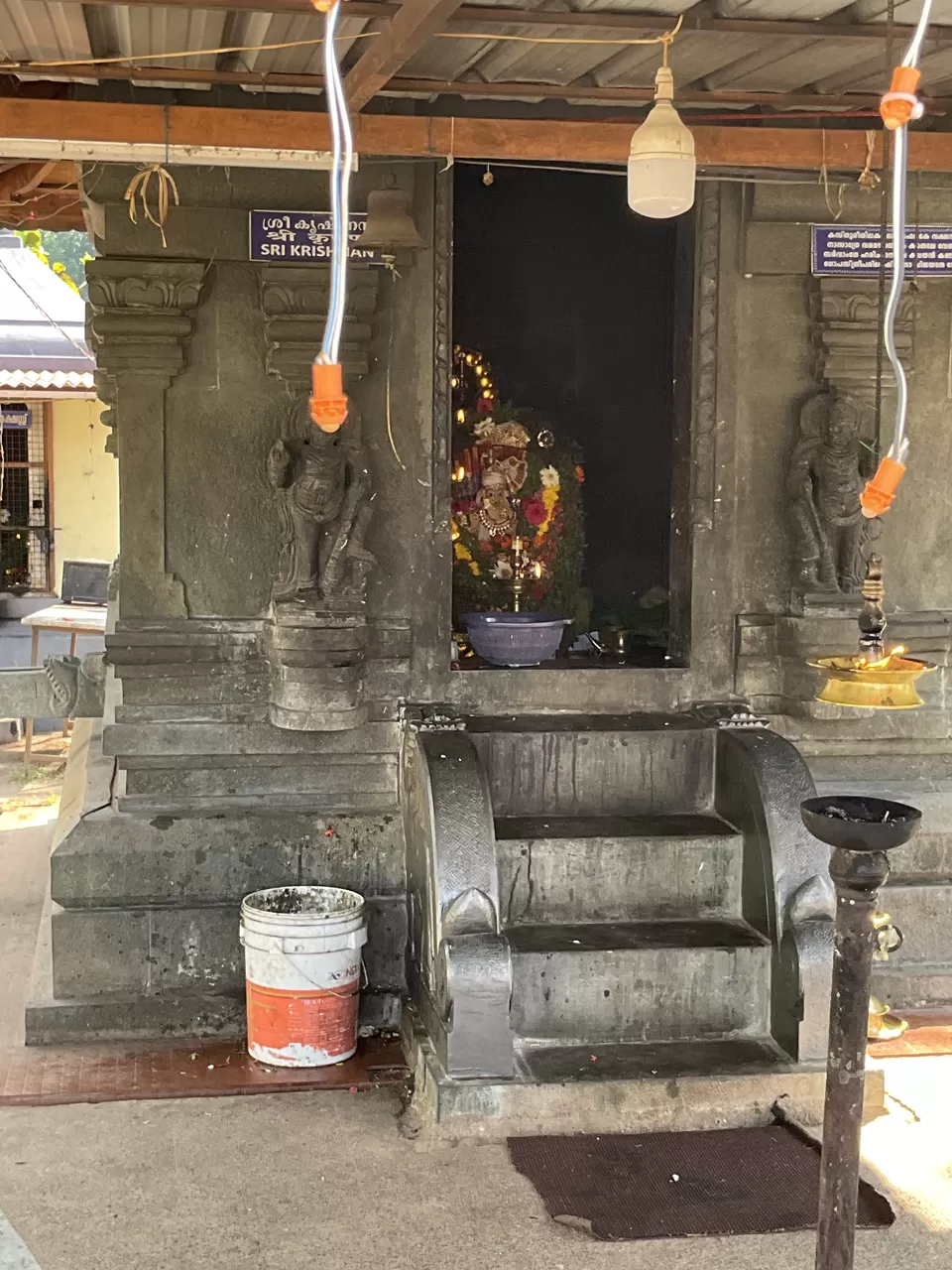
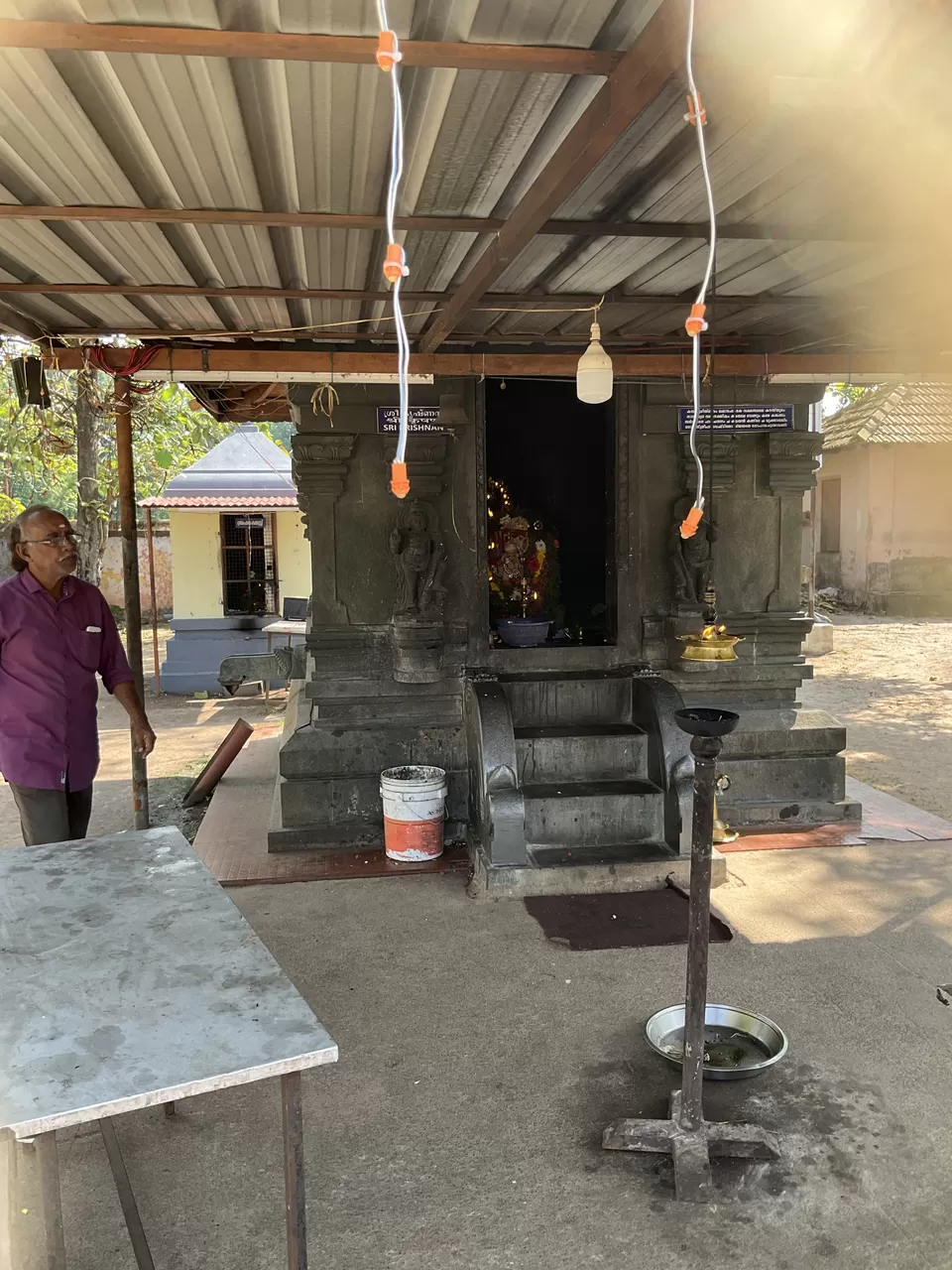
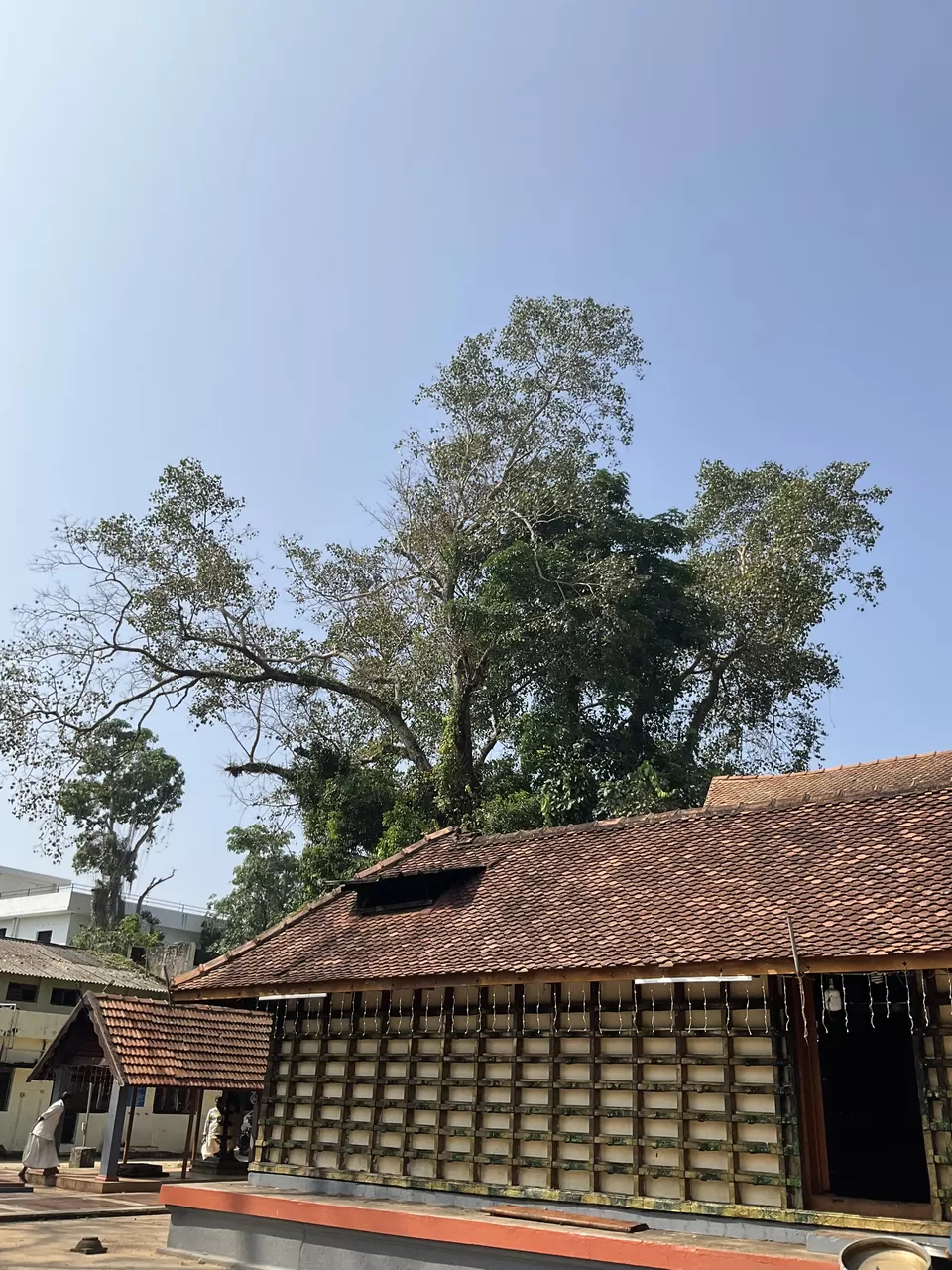

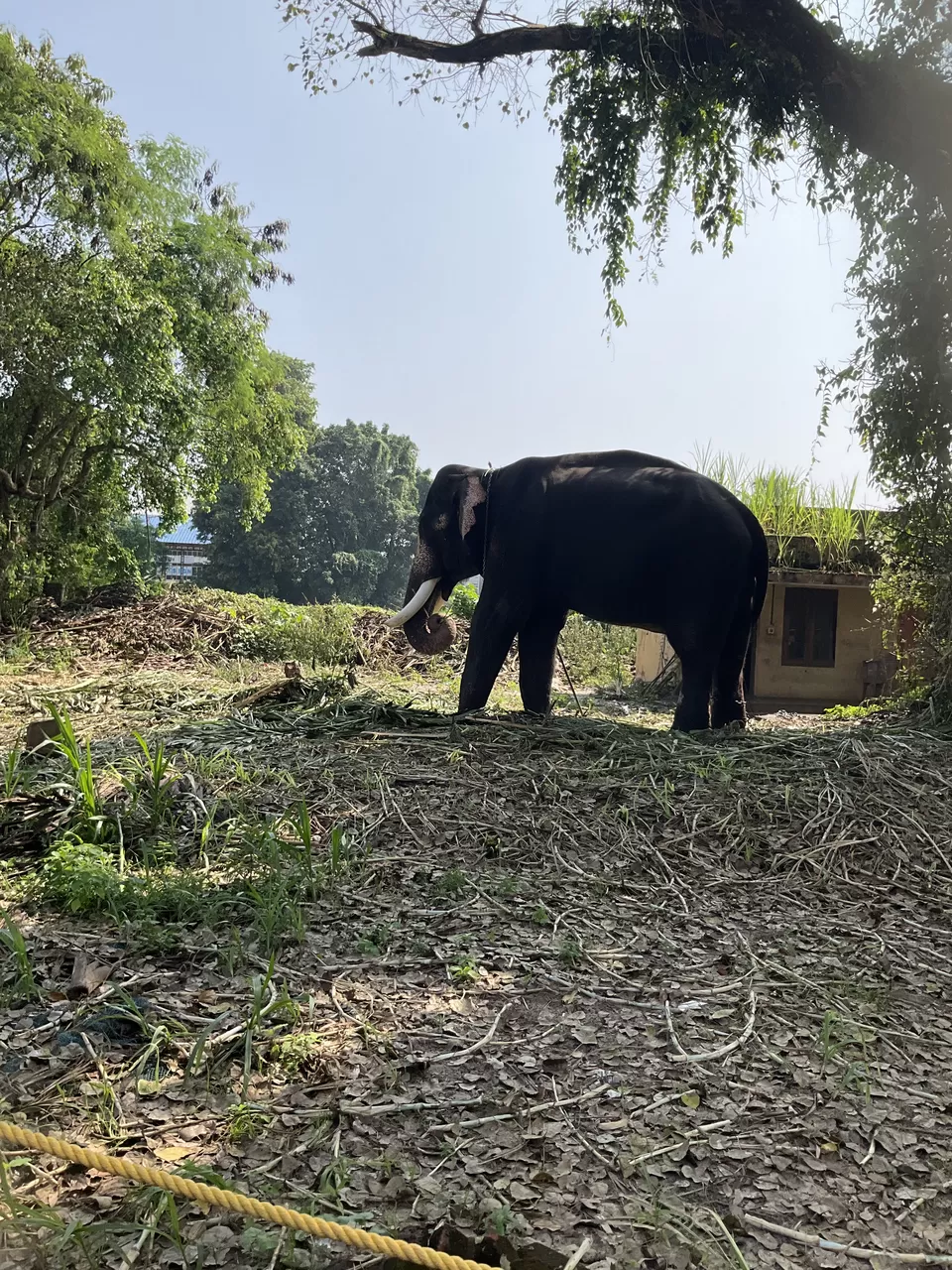
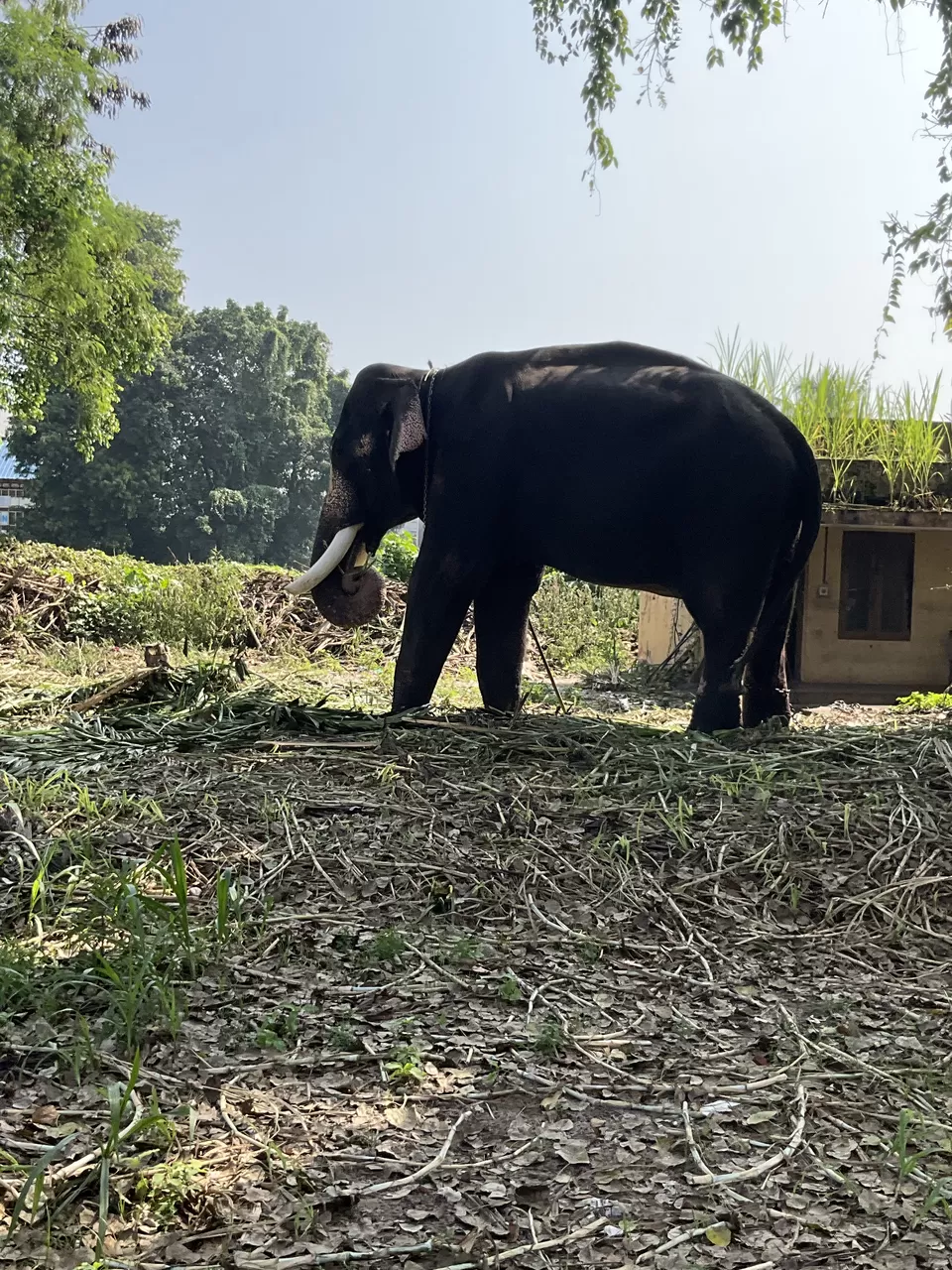

After finishing my prayers to Ganesha, Subramanya, Karthikeya, Krishna, Navagrahas, Vishnu, Shiva, and Ayyappa, I walked into the main hall of the temple, which was crowded with devotees gathered to witness the afternoon aarti rituals and the beautiful decking-up of the goddess. As I entered the temple, the deity's statue was adorned with a saree and jewels. However, when I looked at the goddess sculpture, the form of the deity was bare, without any fabrics or jewels.
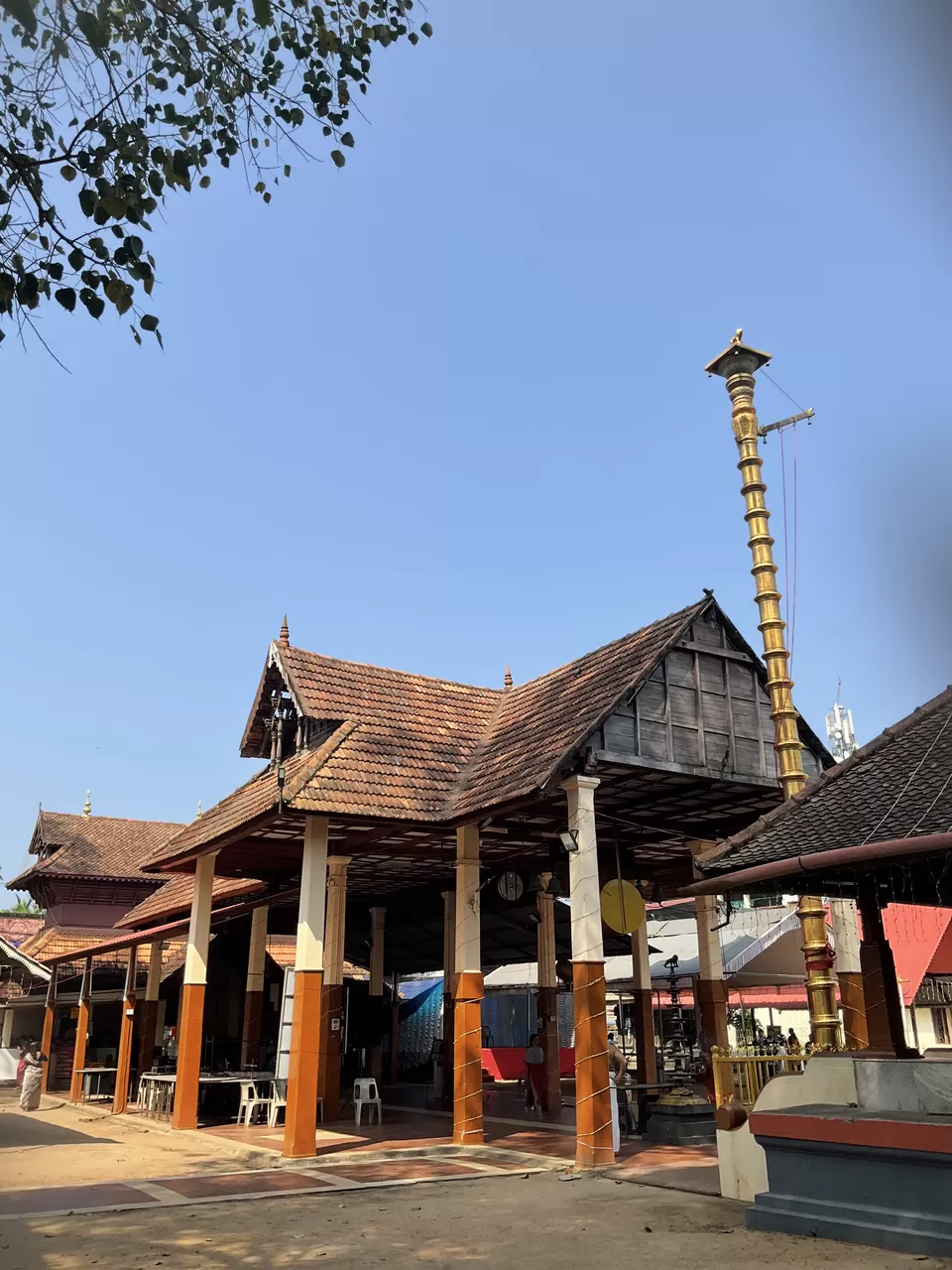
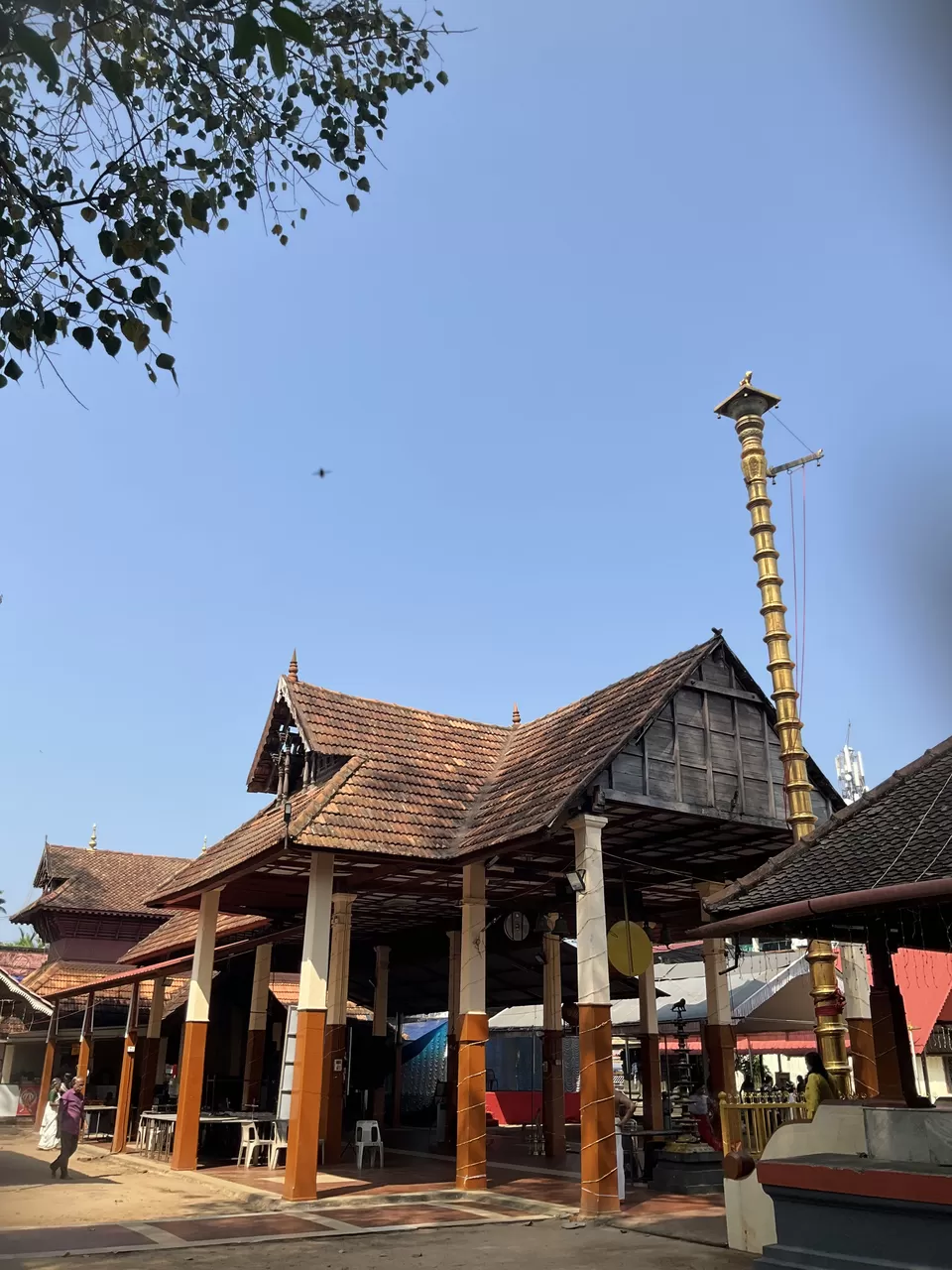
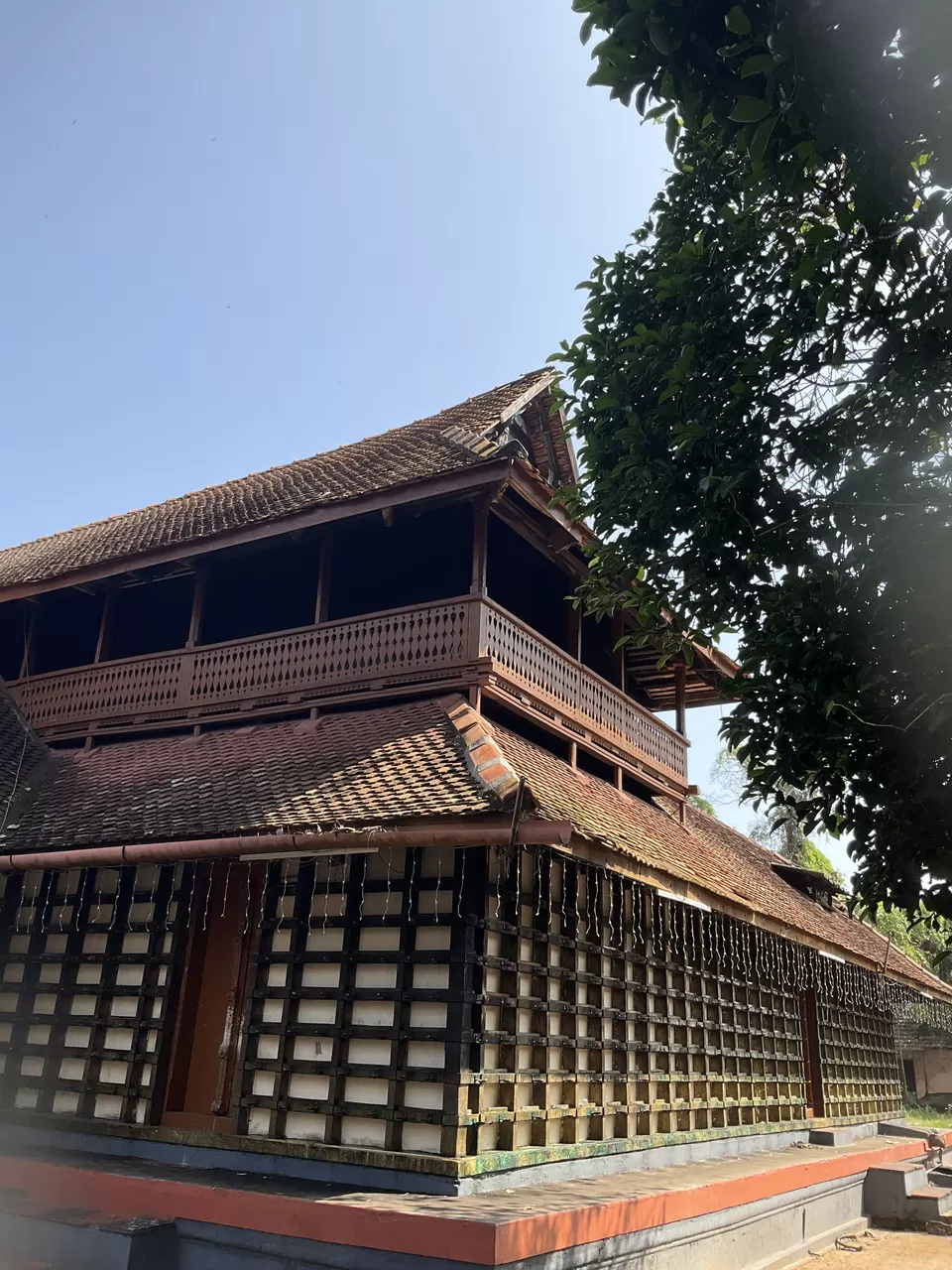
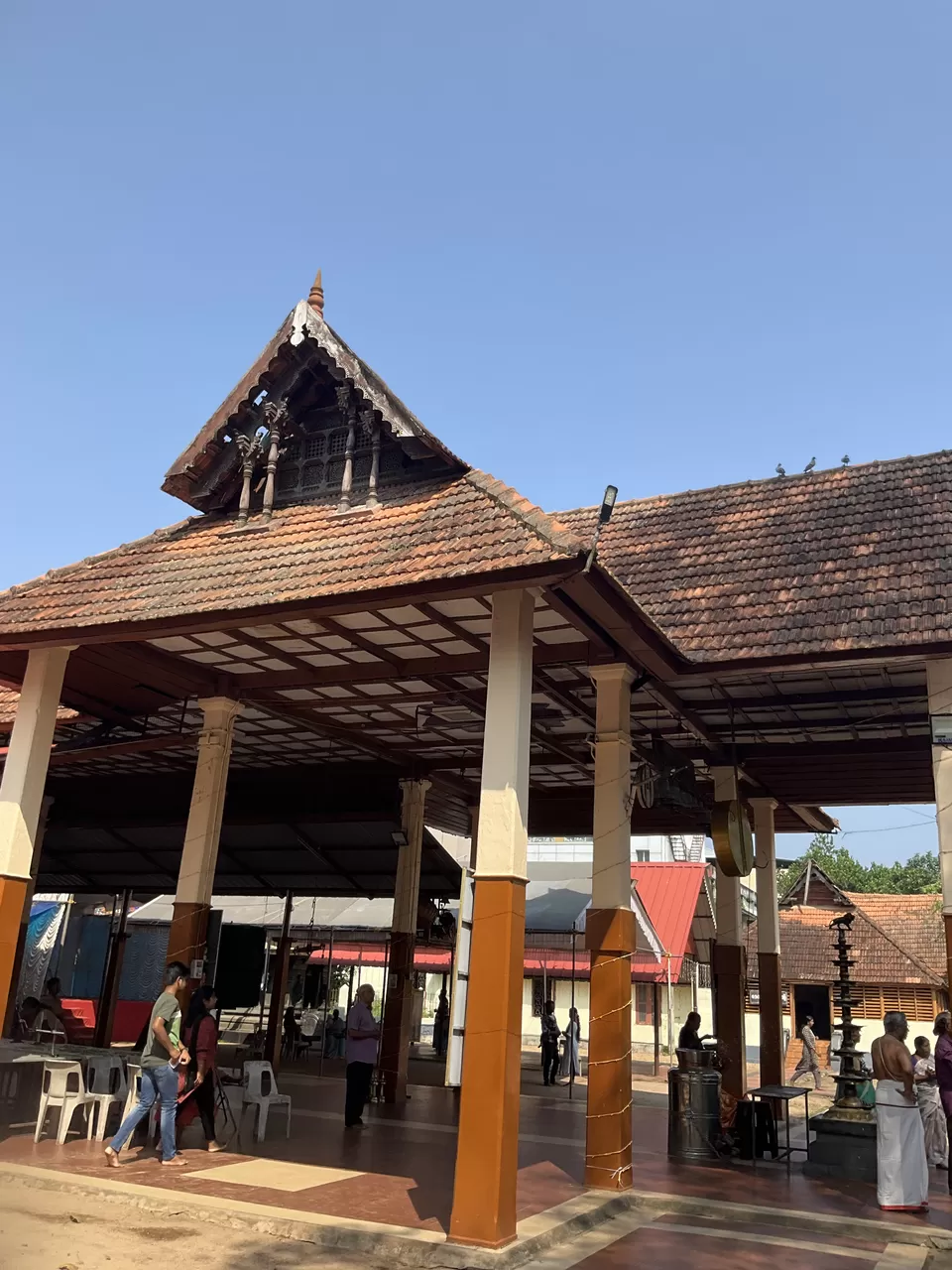
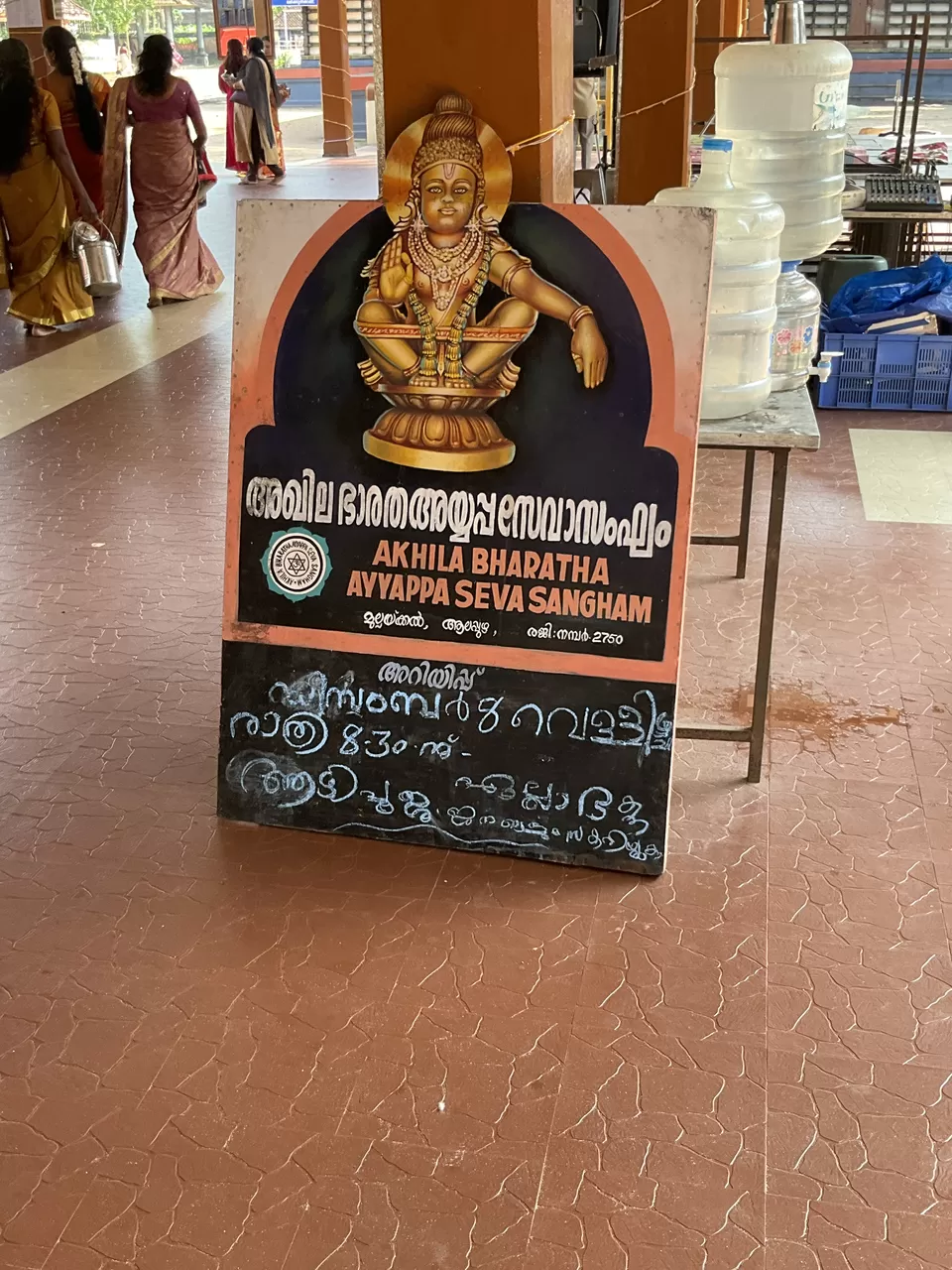
During the crucial days, Rajarajeshwari Devi, one of the fiercest yet most graceful forms of Goddess Durga, receives her Alankara rituals from the priests after her bathing rituals, which involve rose water, sandalwood paste, panchamrutha, and pure water from the temple premises. I have witnessed the transformation of the deity from a simple form to the most elegant one as the priests add layer after layer of sandalwood paste, clothes, jewels, garlands, and festive donations from people, including flowers, sarees, and camphor. This process takes almost an hour before the main aarti ritual. During this time, I stood at the entrance of the sanctorum and observed how the hall filled with devotees. At one point, I went to the main hall to experience the Carnatic music played by other priests, who tirelessly beat drums, blew trumpets and flutes, and chanted powerful mantras. The experience remains inexplicable, and I feel fortunate to have witnessed it with my own eyes.
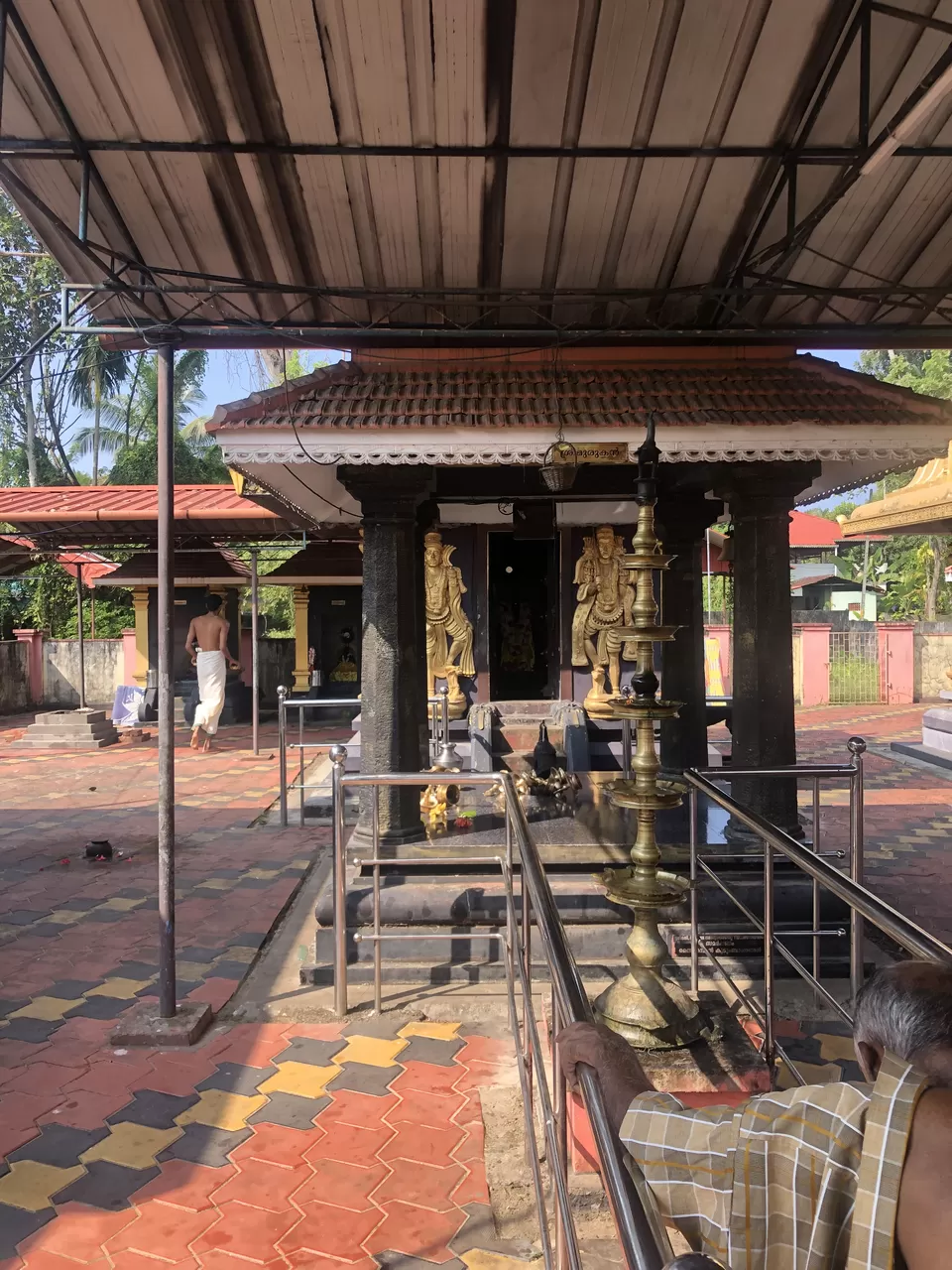
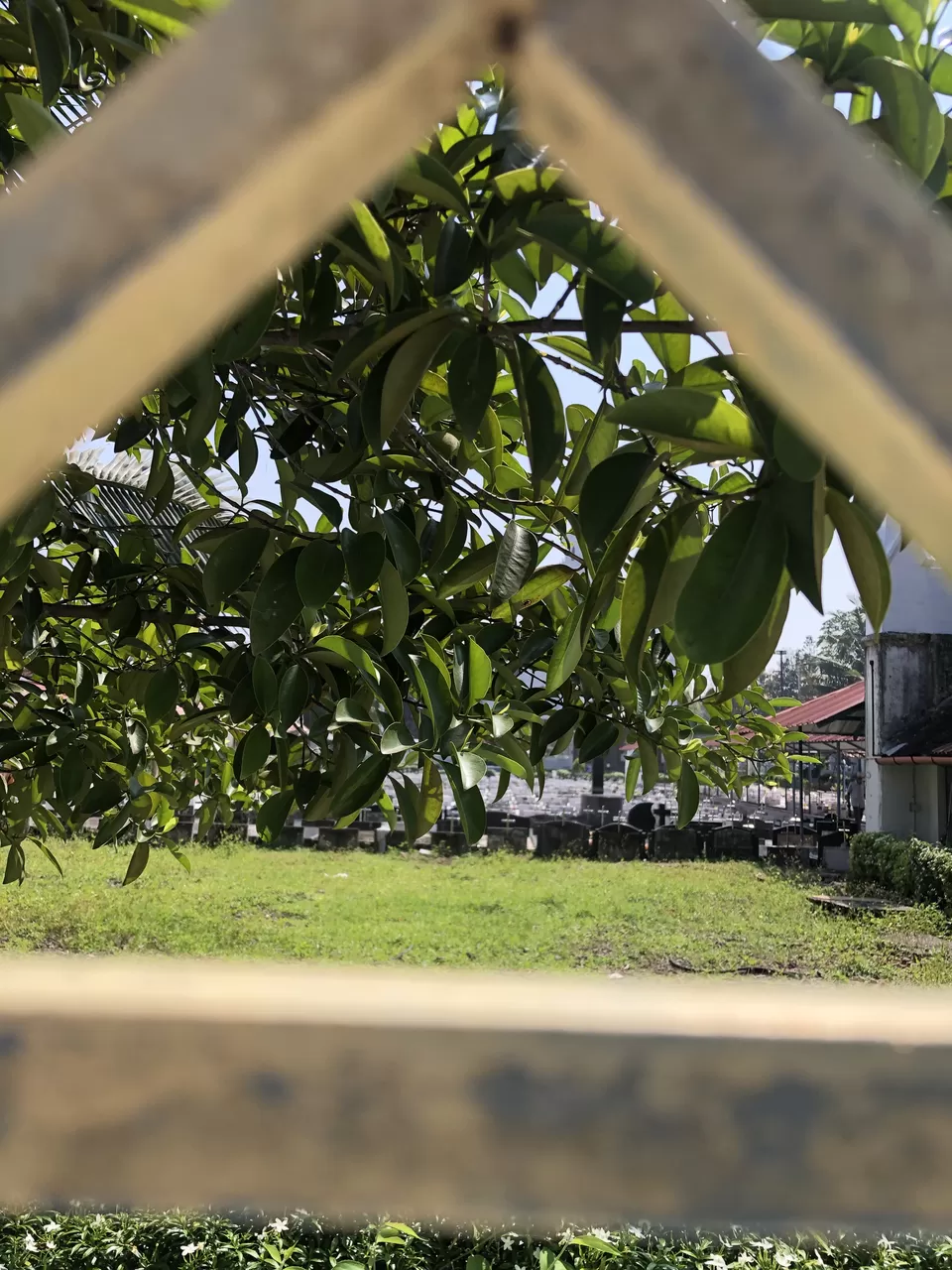
I wrote so much because I remembered everything I spent at this temple. After the rituals, I received prasadam and the rosewater mixed sandalwood paste that was applied and dripped from the deity's sculpted body as a blessing from the pandits. I have carefully wrapped them in the leaves of a peepal tree rooted at the temple premises with its massive branches. People believe these leaves and sandalwood paste protect them and their households from negative energies. I, too, have followed this practice. Once completely satisfied with my visit, I stepped out of the temple around the temple's afternoon closing hours, around 1:30 pm.
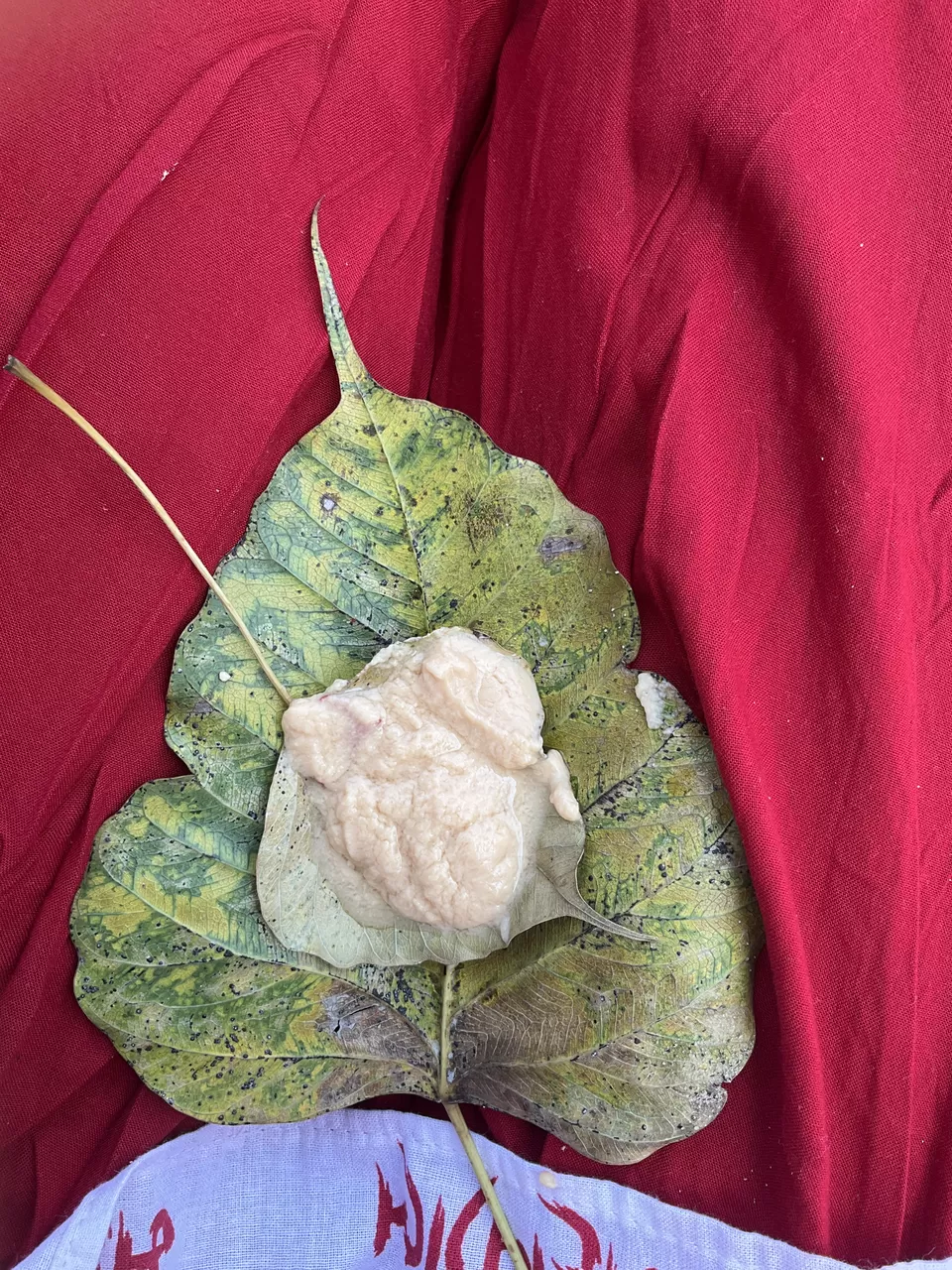
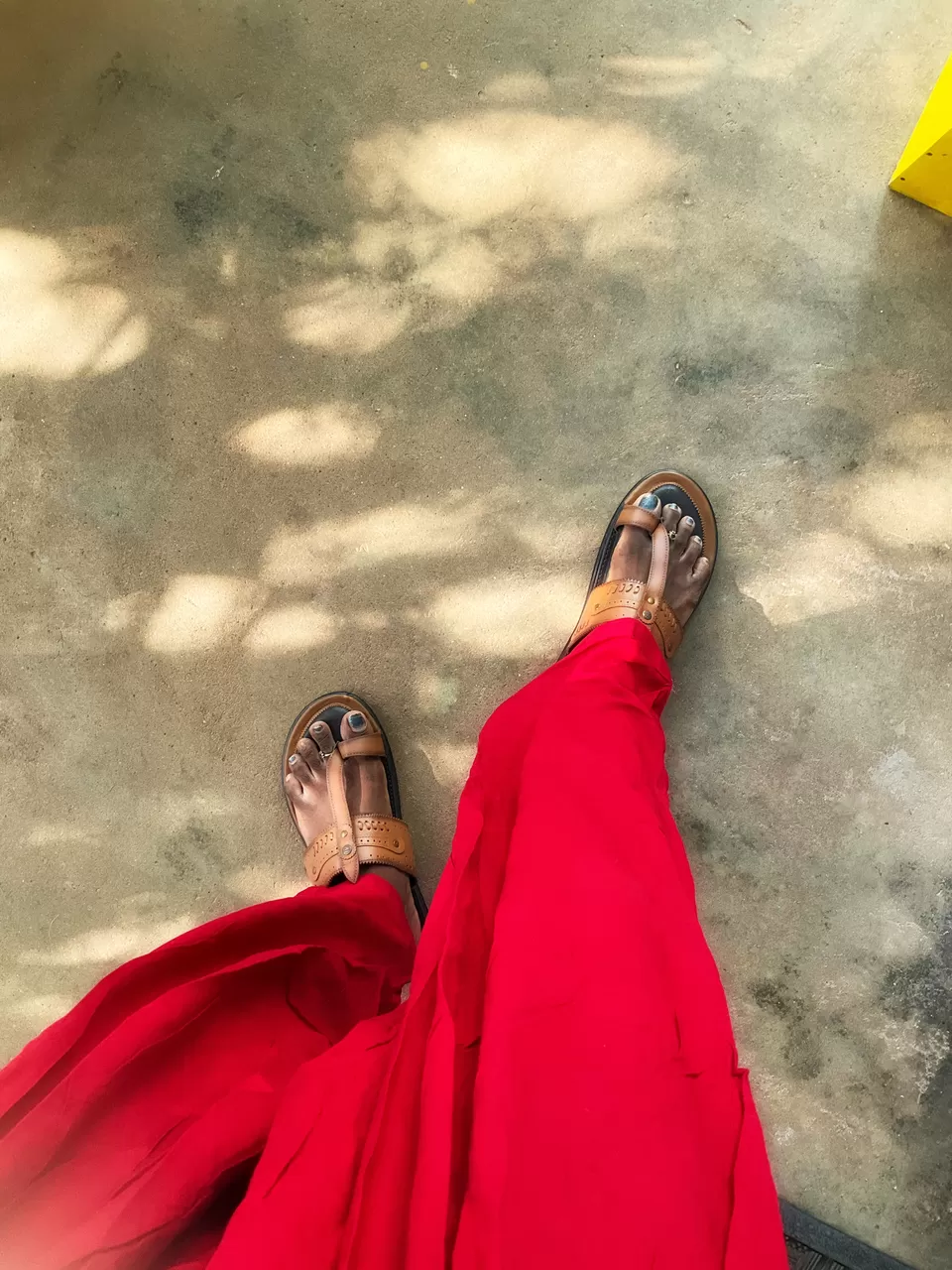
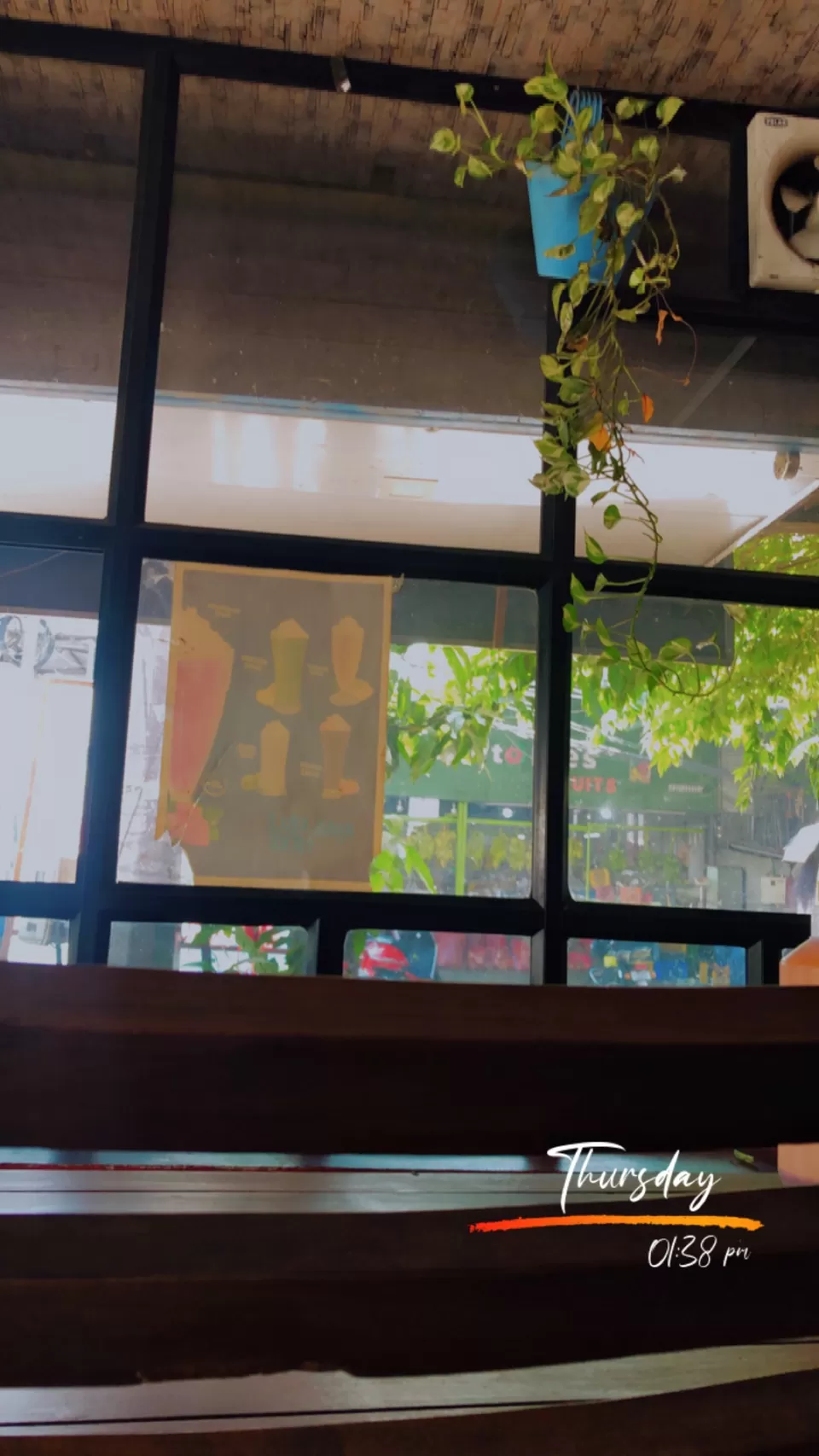
I vividly remember my visit to the Mullakkal temple during the Chirappu festival. The temple lanes were adorned with festive decorations such as chariots, posters, banners, and flags. I was thrilled to explore the stalls and roadside vendors selling various accessories. I still cherish the items I bought from the festival market, including ear accessories, neckpieces, and brass. After my temple visit, I enjoyed a refreshing lemonade, rose milk, and a sandwich at a nearby cafe. The visit left me feeling energized, and I could enjoy the surroundings of Alleppey Beach Road and its beautiful backwaters before catching a bus to Bangalore later that night.
